Story and Photos by – Ruben Hernandez
The ACC Fashion Incubator recently celebrated its grand opening at ACC Highland, drawing in many students, faculty, and community members. The Fashion Incubator gives students an opportunity to learn skills utilized within the fashion industry, and work with local designers and businesses to help create a thriving fashion community in Austin. The grand opening was lead by its Director, Nina Means, on Tuesday, April 30.
“One of the reasons that the city of Austin approached us to start this program is because of the benefit that ACC has,” Means said. “We are really good at workforce development. We know how to prepare people to go back into the workforce. The city said, ‘How many different ways can you help people monetize their skills?’ If you come in with no knowledge, this is your opportunity to dip your toes in the continuing education classes to find out if this is something you really want to do.”
 The Incubator is to serve as not only a way for students to learn new skills regarding fashion, but also as a medium for local businesses to grow.
The Incubator is to serve as not only a way for students to learn new skills regarding fashion, but also as a medium for local businesses to grow.
“We’re also creating the most viable environment for a new start-up businesses to get housed,” Means said. “We do this so that they can get over what a lot of small businesses have a hard time with, like product development, which is an expensive experience.”
While fashion has its own style, it is essential that components of the fashion industry, like the Incubator, collaborates with other fields in order for it to truly flourish.
“Fashion is for everybody and is inclusive,” Means said. “That’s the message we want to promote from the Incubator. We’re devoted to being inclusive as an incubator and as a student experience. We also want to be collaborative and interdisciplinary with all the other departments of the college. How many different ways can we engage computer science? How can we engage the marketing team? If I could leave you with anything, that’s really core to how we operate. It’s an art.”
Both Gerber technology and the city of Austin have made investments in this incubator, hoping that it would grow to be a successful venue and resource for those using it. They have both invested a total of 13.1 million dollars towards equipment in software and hardware.
“We help small businesses by leveraging the Gerber technology system we have here,” Means said. “Gerber has really invested in giving us a high-tech solution to be able to help businesses grow. Not only are we going to give you the scholastic tools to succeed, but also the tactical tools as well.”
The Incubator was also made to appeal to local businesses in Austin, not only by teaching students the skills that employers are looking for, but also by giving the employers a chance to teach the students themselves.
“The local industry component is huge for us,” Means said. “One of the things we are striving to do with our sample working space is mirroring a lot of the equipment that is in a lot of local manufacturers here. This is so that you have a chance to train on the equipment that you would utilize in a manufacturing facility somewhere here in Austin. We train you here, and a local Austin business hires you, ready to go.”
Hands-on experience is something that many employers value, regardless of field. Attaining this experience as a student is valuable.

“Something like the Incubator allows the students to not only gain the academic knowledge, but to have hands-on experience with the software and hardware,” ACC President Richard Rhodes said. “The purpose is to actually take that concept and do something with it. It doesn’t stop there. There are other small start-up businesses that are using this space, so they have exposure and access to those entrepreneurs who are developing product. They get all of those skill sets wrapped together.”
Starting through the Fashion Incubator isn’t hard, either. Means and her team of educators are making sure students have what they need to succeed.
“Through the Incubator, you can take a group of fashion design classes through continuing education, and know enough to intern or even be a design assistant depending on how proficient you were before you started,” Means said. “If you’re interested in continuing your skills, we’re offering more advanced courses geared towards industry professionals who may not be working in the industry currently, but would like to be.”
Connections that the Incubator has with other businesses and groups has played a part in putting the whole project together, and ultimately, has the potential to help it reach success through sustainability and scalability.
“One of the great things about having good partners is that really creates the sustainability for the future and the scalability is in the outreach,” Rhodes said. “That is, outreach to schools, community, and community groups. The question is, ‘How do we bring those who have that passion to understand that we have a place for them right here at ACC?’”
The Incubator will also introduce The Vault, an opportunity for fashion design students to connect with local professionals and businesses.
“The Vault is an advisor network of local industry professionals that are in the woodwork and have raised their hands as being interested in what we’re doing here,” Means said. Those people are going to be available to advise our students and start-up businesses along the way.”
As one would expect, the classes here start with an Introduction to Fashion Design class. From there, it expands.
“I’m already designing stuff at home,” Callin said. “I’ve got eight or nine designs I’ve done already. I make mockups out of muslin, a cheap fabric, and then I have someone come and try those on. From there, seeing how it fits the model, I refine my design. Then, I can make it out of the nice and expensive fabric.”
Many different elements need to be taken into consideration when it comes to seeing how a design fits a person.
“For a garment to look good, it has to hang well on a person,” Callin said. “It has to compliment them, otherwise it looks like they are wearing an oversized trash bag. You have to have some idea of human anatomy to be able to make the clothes that go on that body, and do it in a way that’s going to be flattering.”
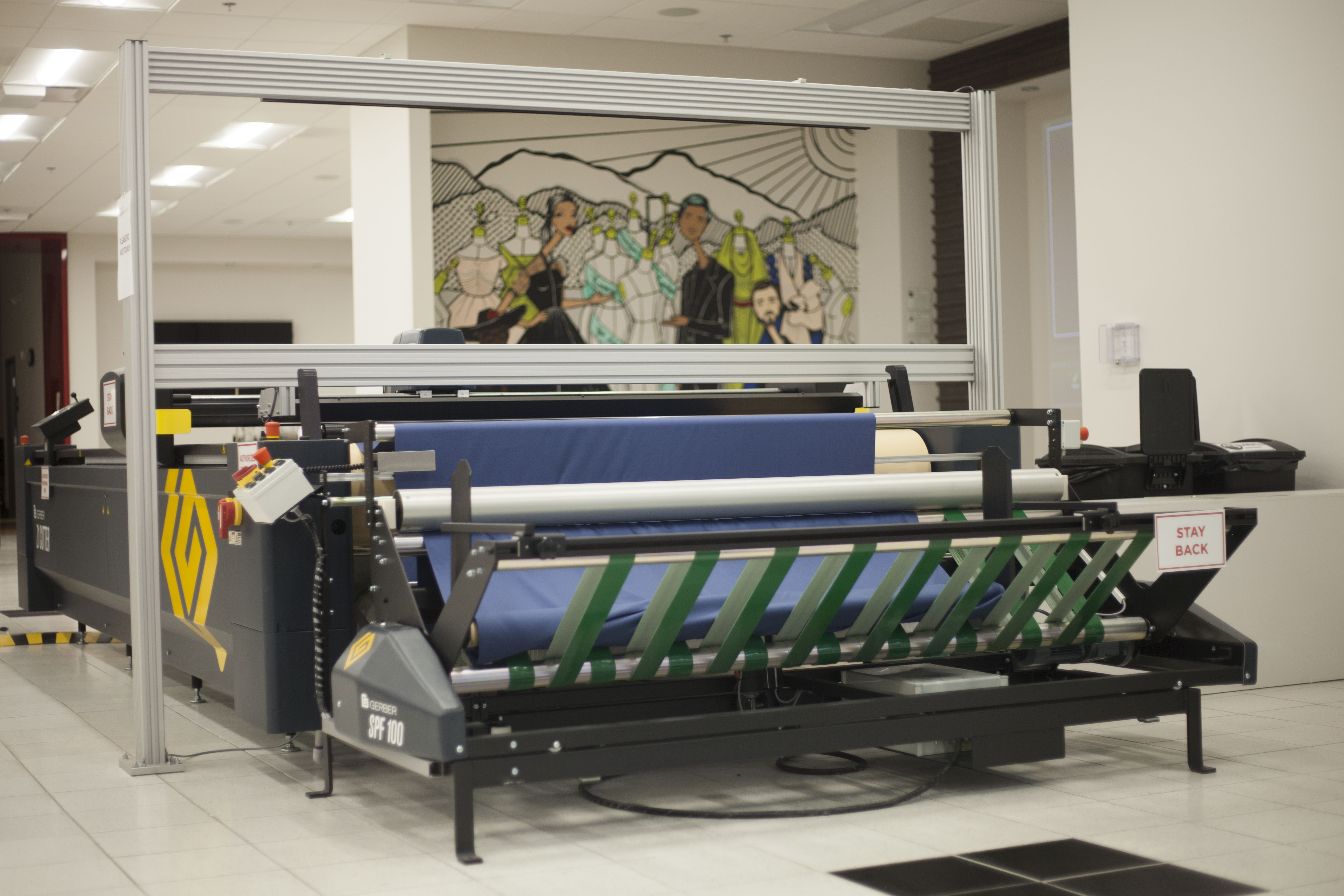
Designs are specific, as designing for a broad range of people can lead to problems. Narrowing down who you’re designing for seems to be most efficient.
“Certain companies market to certain body sizes and shapes, and as a designer you have to go down those paths,” Callin said. “You have to really pick the person you are designing for,. It can’t be everybody, otherwise you won’t have a consistent theme and you aren’t going to be successful. But, whatever path you go down, in my mind what you need to do is make sure that whatever you’re making is high quality. That will bring people back.”
Designing specifically for one group will also help you develop ideas further ahead when it comes to how you will approach your next design. Observing how your audience wears their clothes and what they do afterward is also key to your next step.
“Fashion is how we interact with clothing, and is more than a runway or modeling,” Means said. “Our trends that we operate from is driven just as much from the customer as it is from the retailer. Often times, it is observing how you like putting your pant with your top. From there, it’s generating what we think will be your next best option, that way it spurs your next purchase. In a broad space, it is a conversation.”
ACC offers many different programs ranging from a vast variety of fields, from video game design to culinary skills. Fashion will be another field that ACC will hold under its belt.
“It’s important to keep a diverse set of programs at ACC because we have students with so many different passions,” Rhodes said. “How do we provide, for those students, the opportunity to be successful? Not only that, but to be able to earn a living as a result of that. That’s a critical component.”
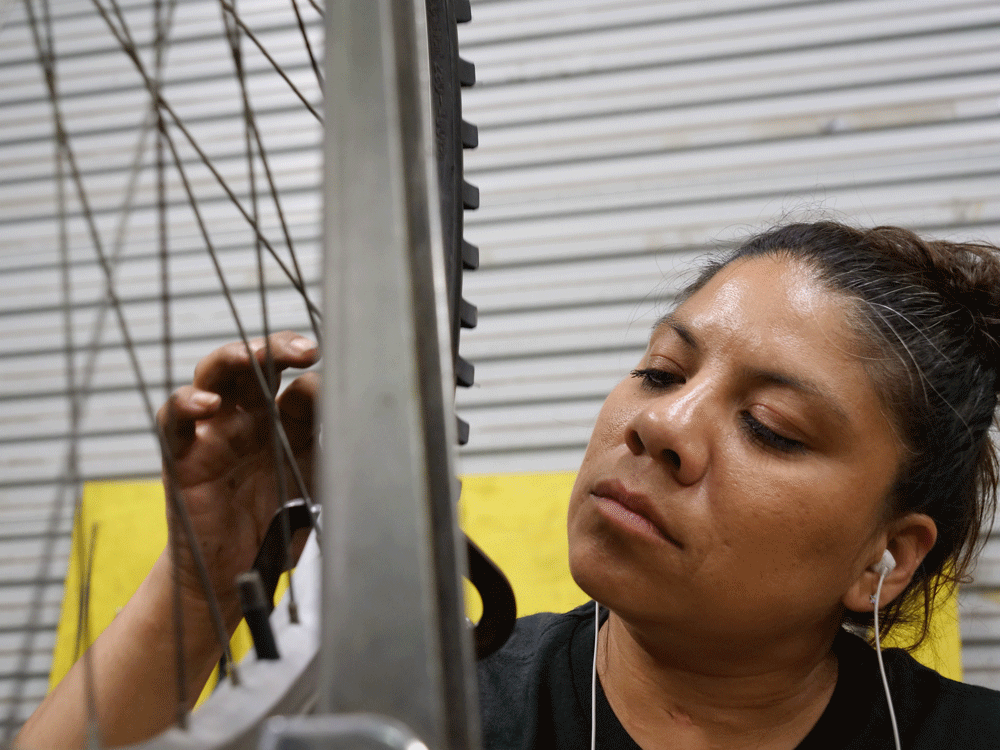
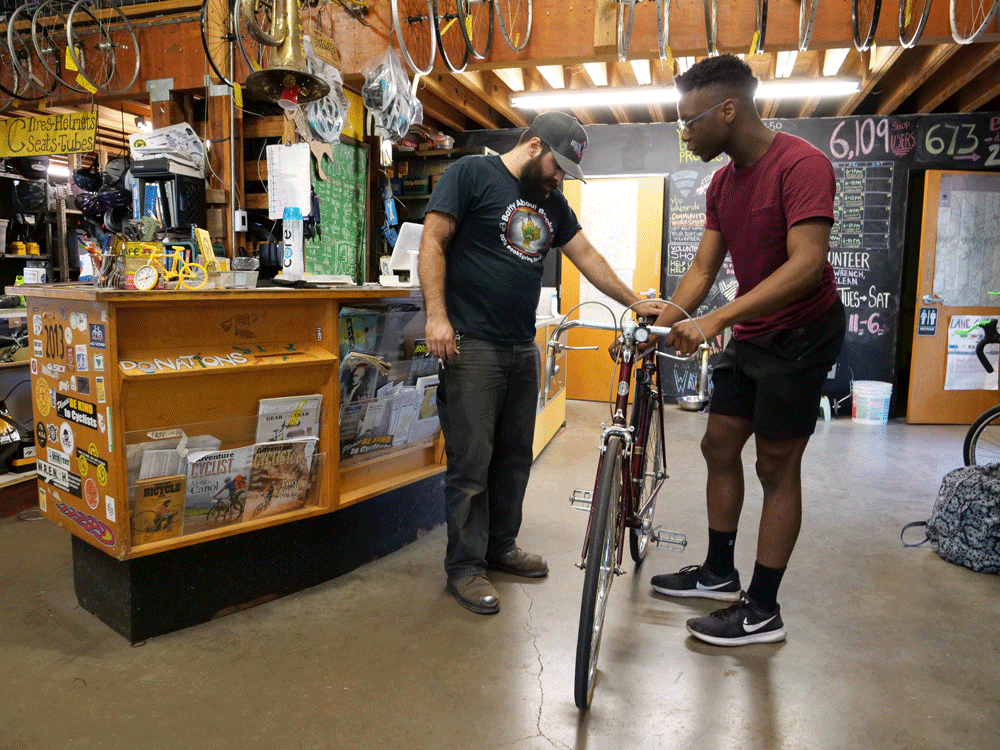
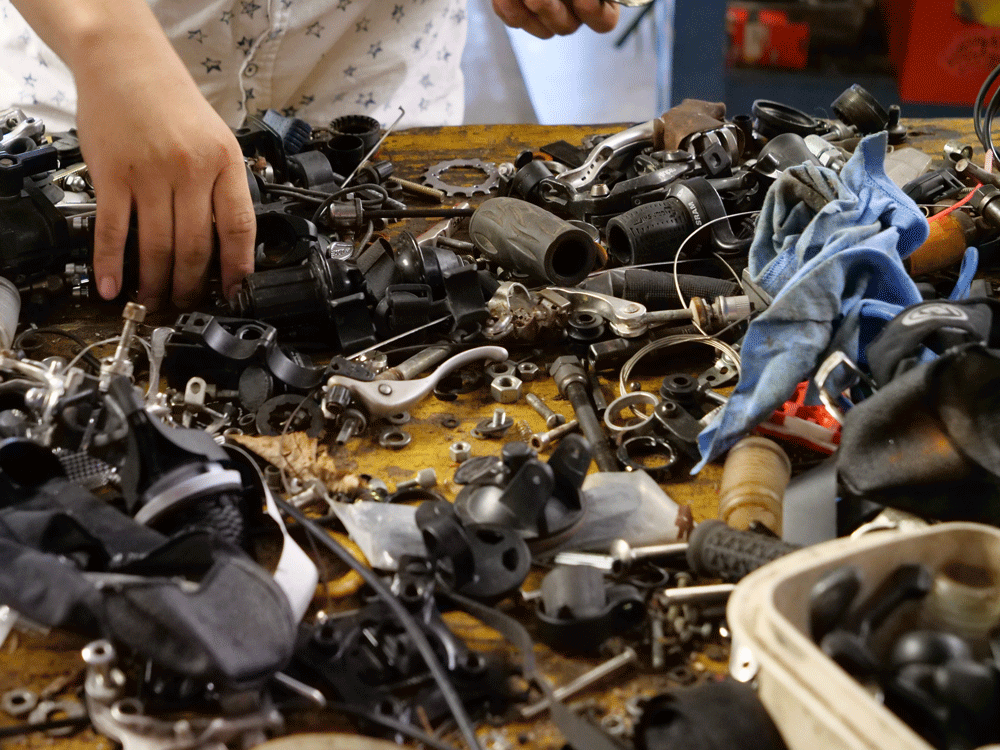
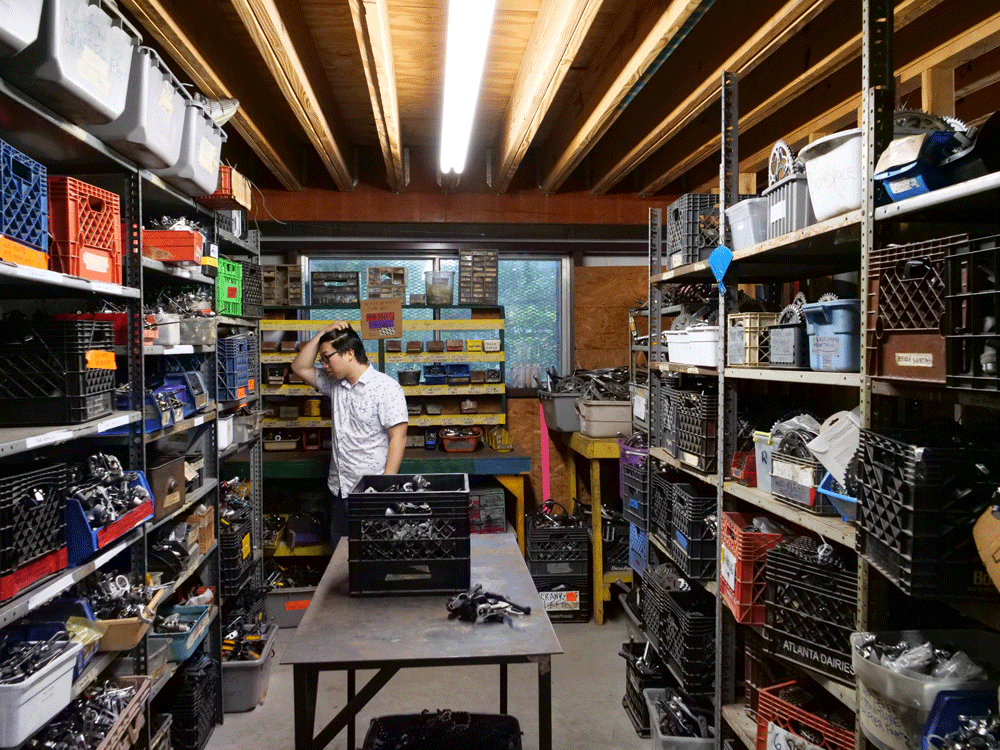
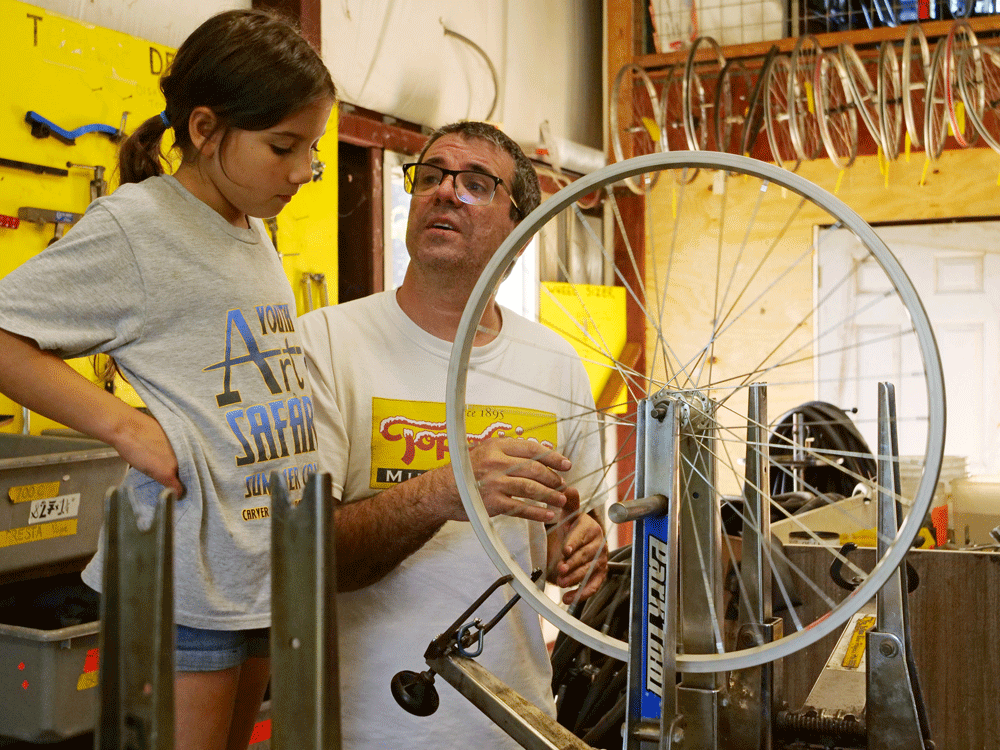
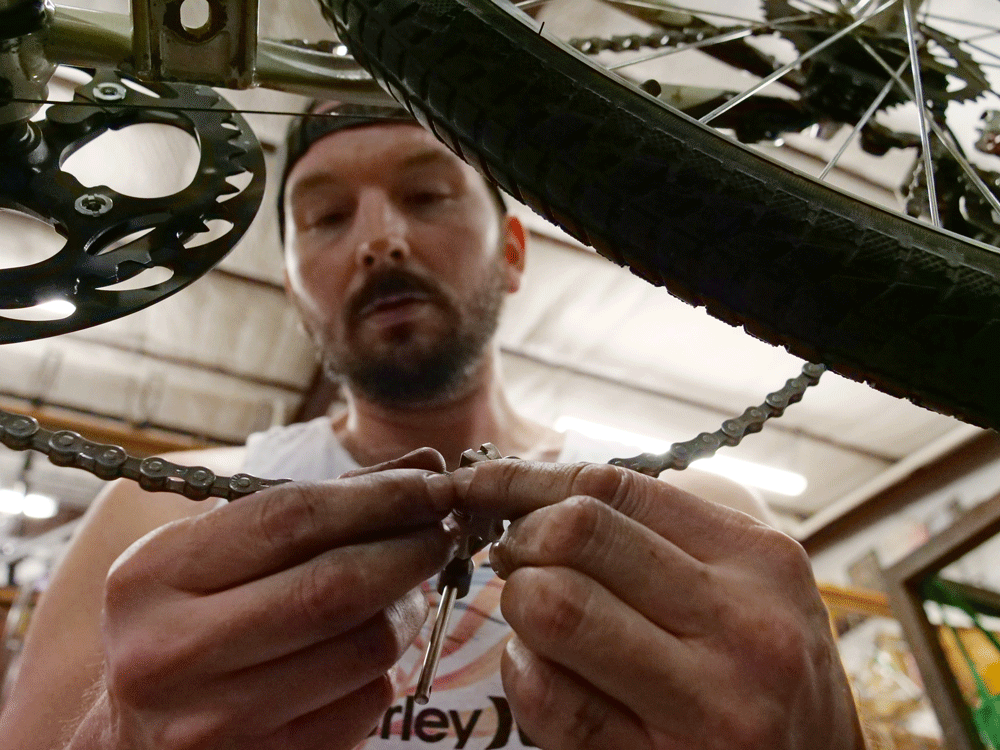
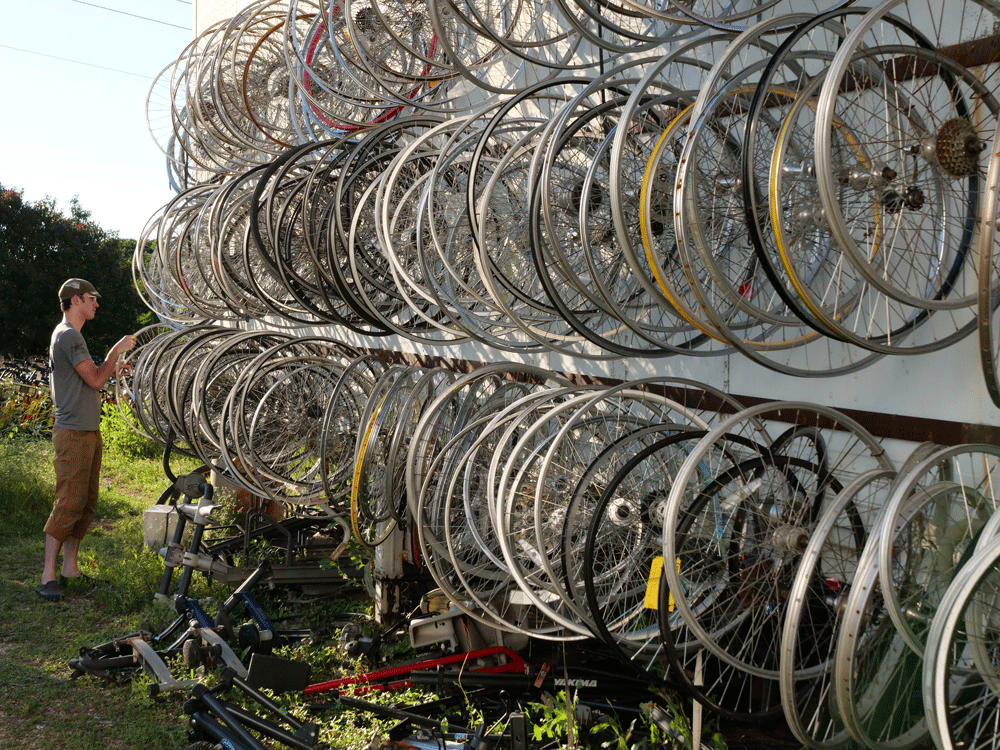
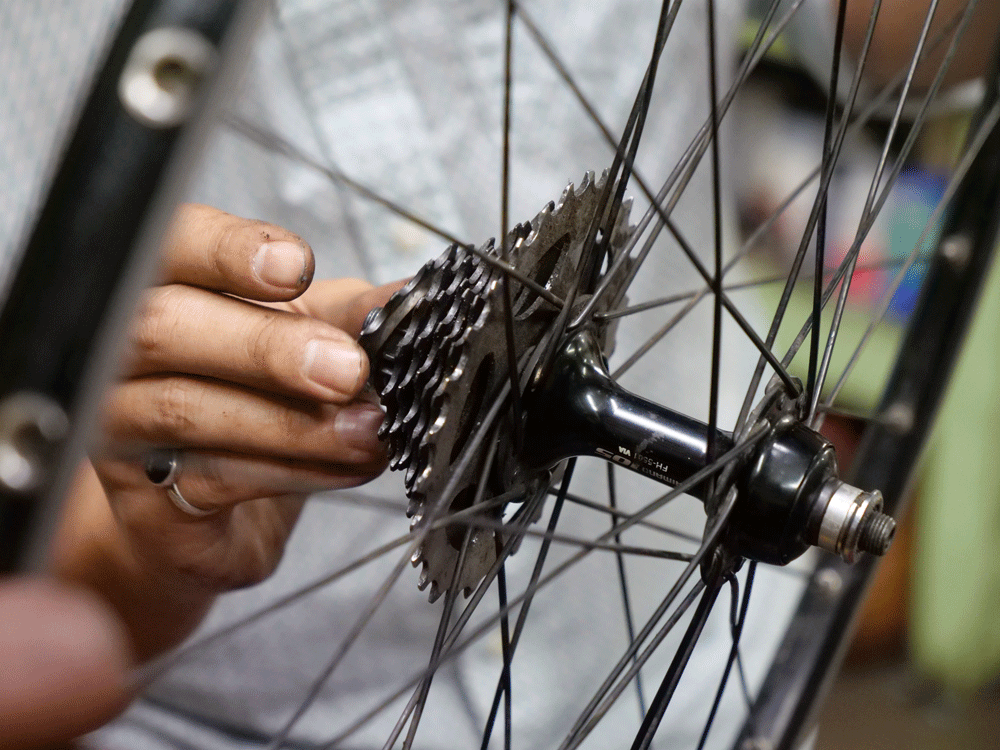
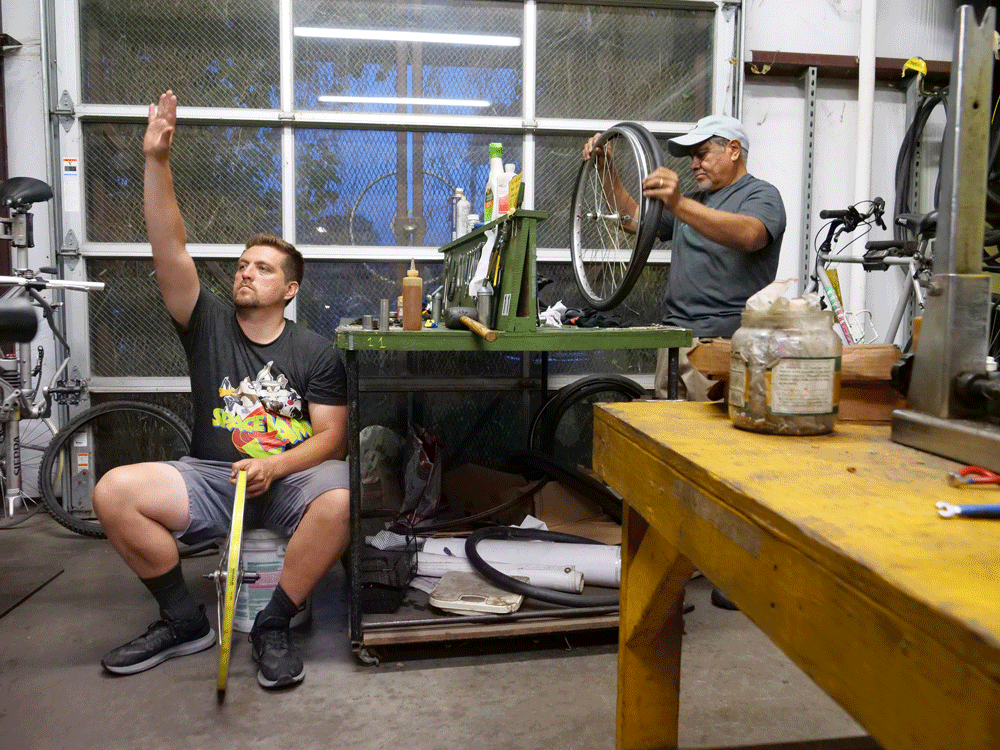
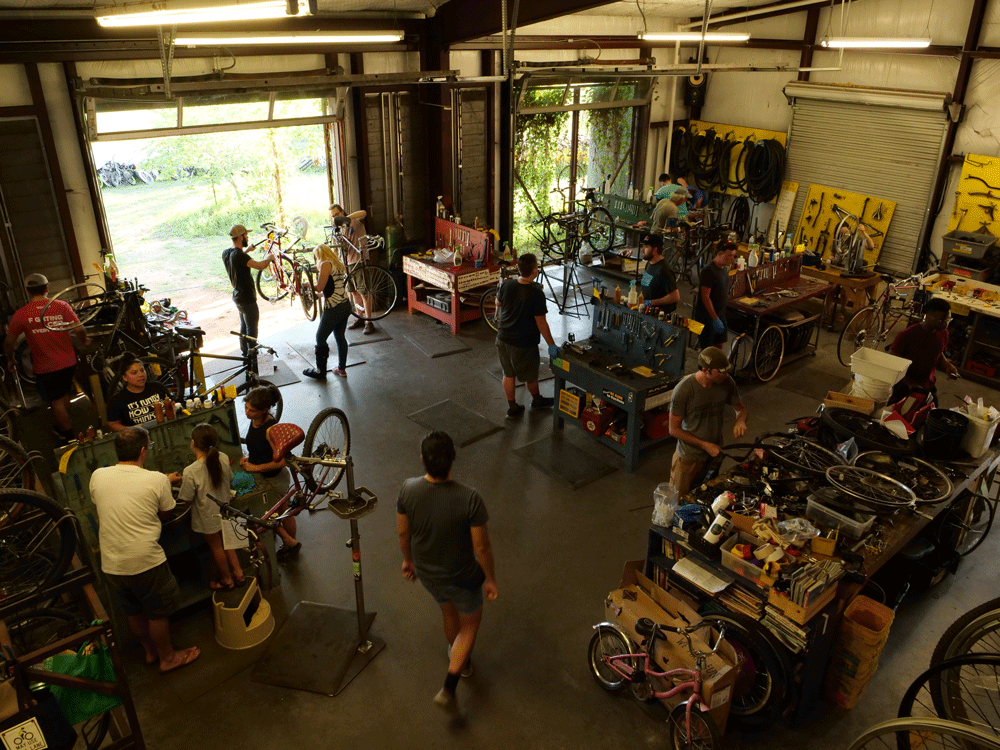


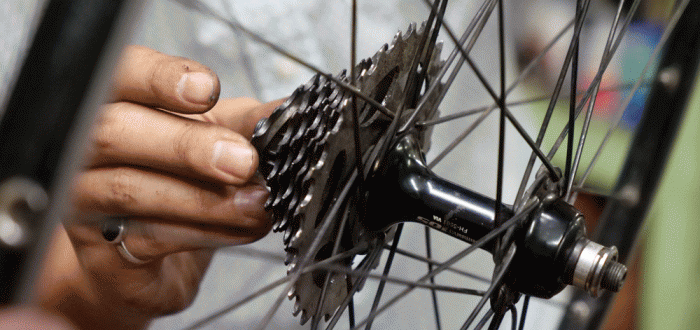
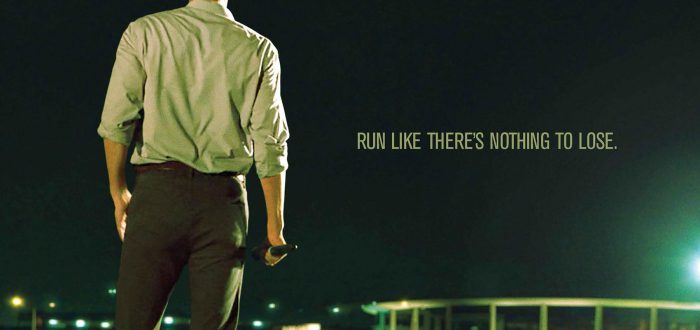
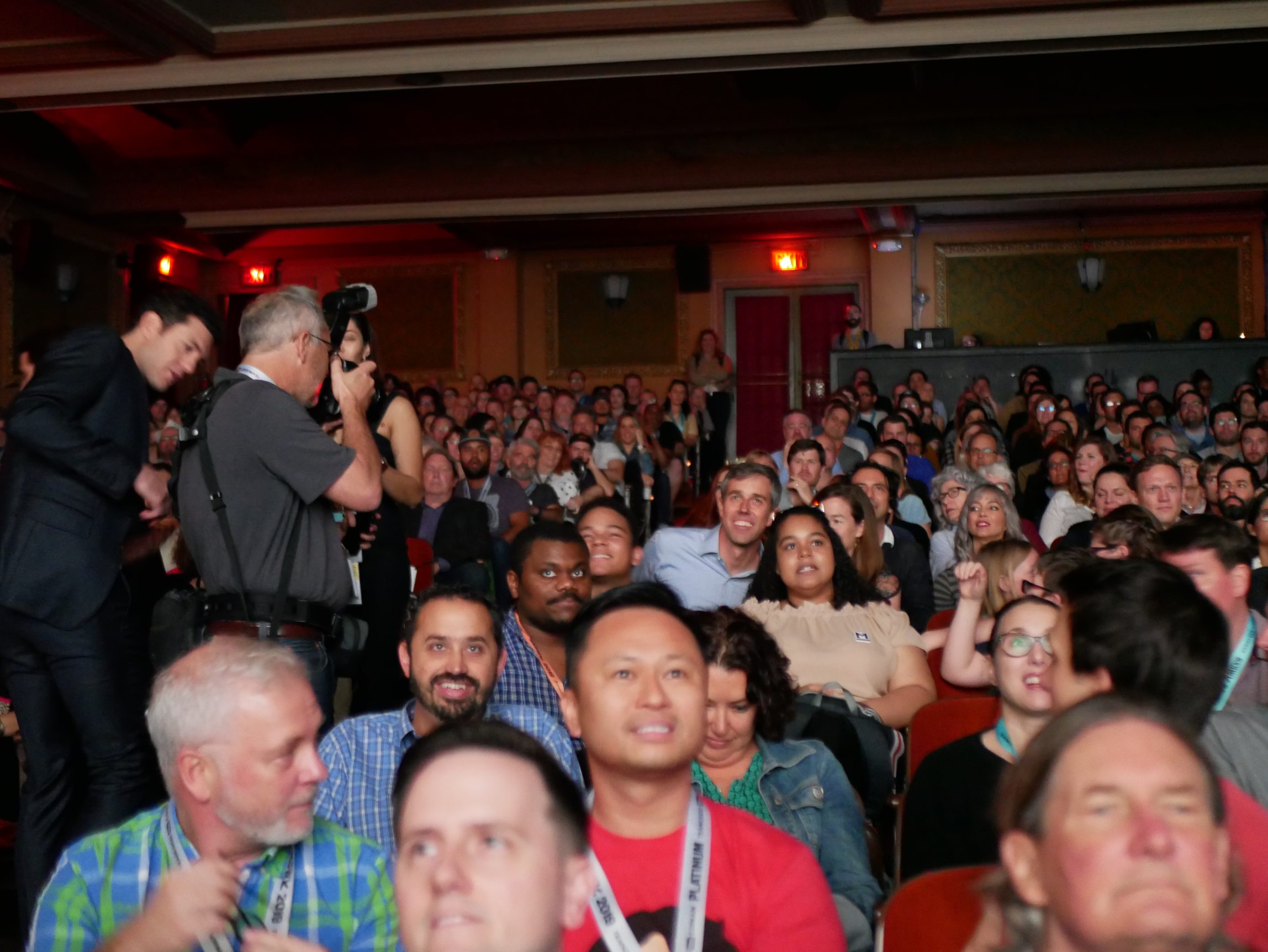
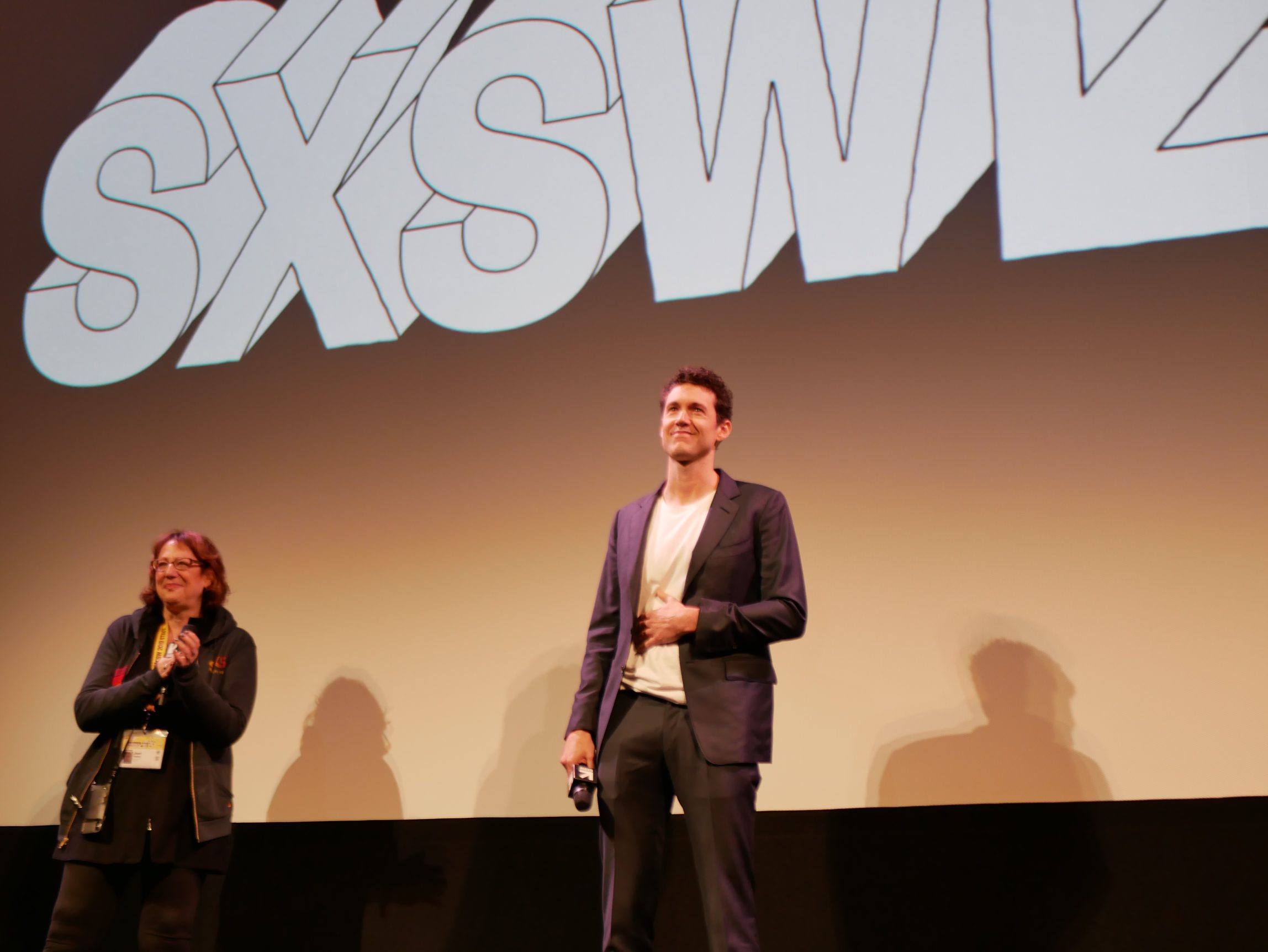
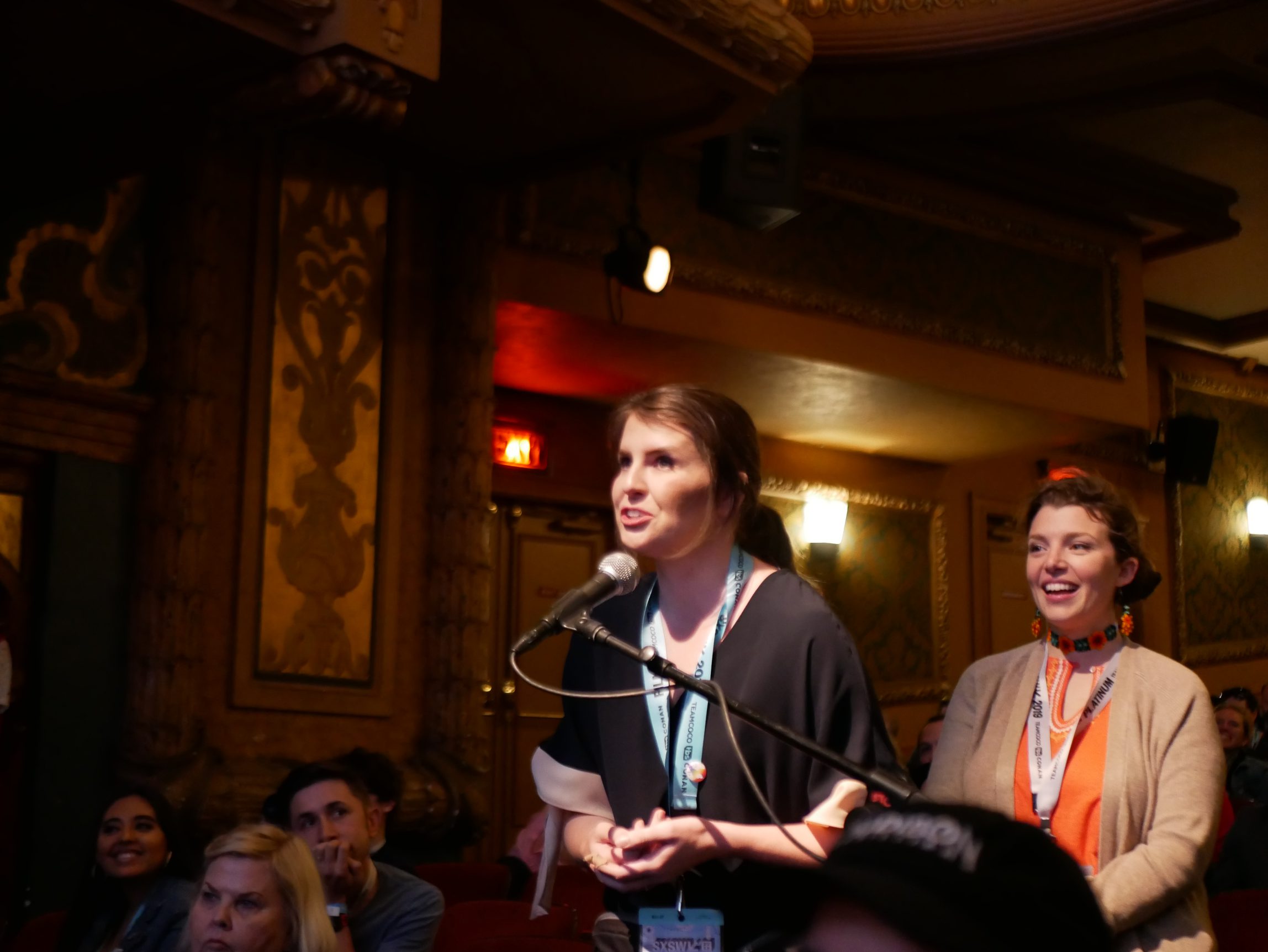
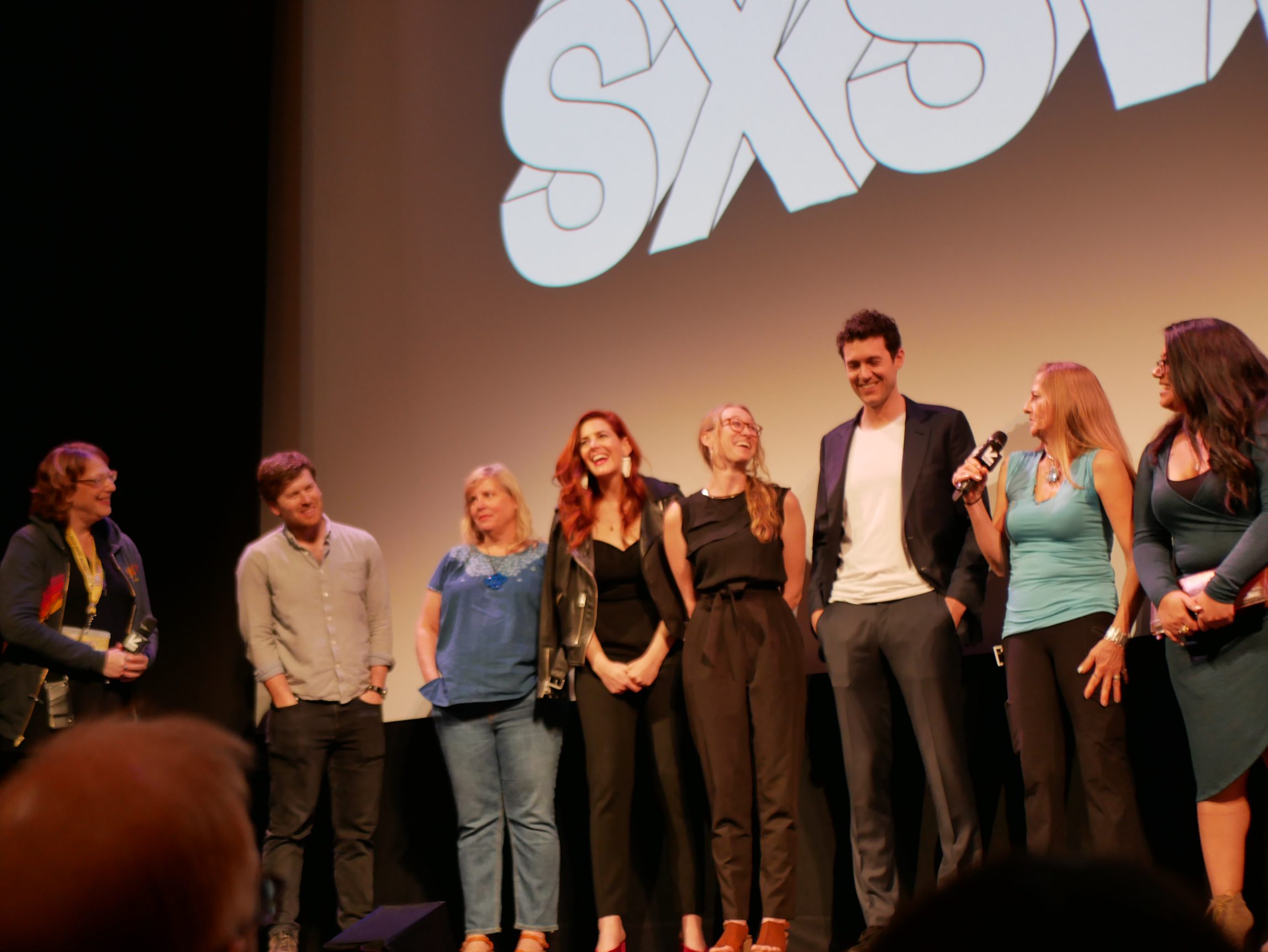

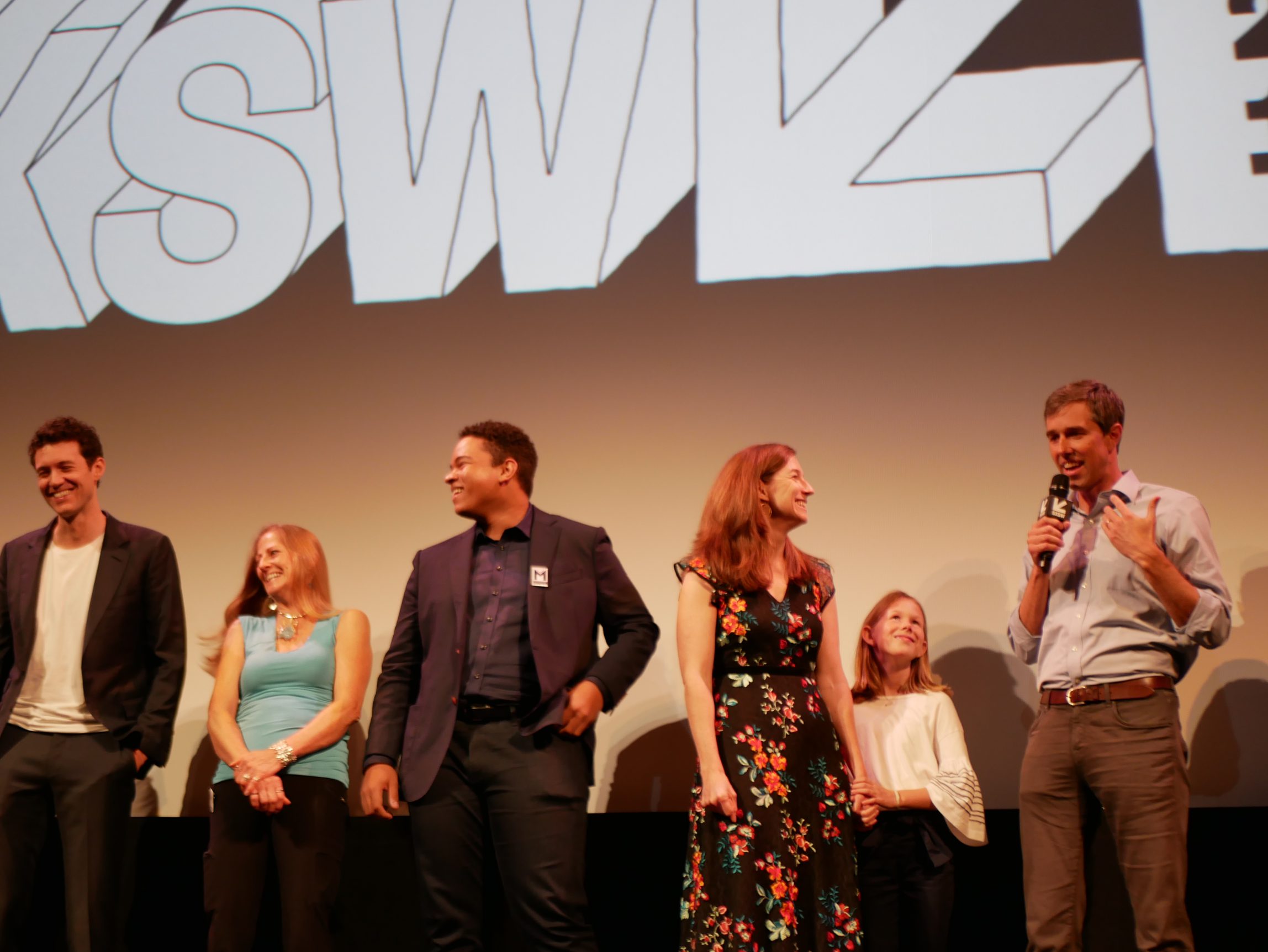
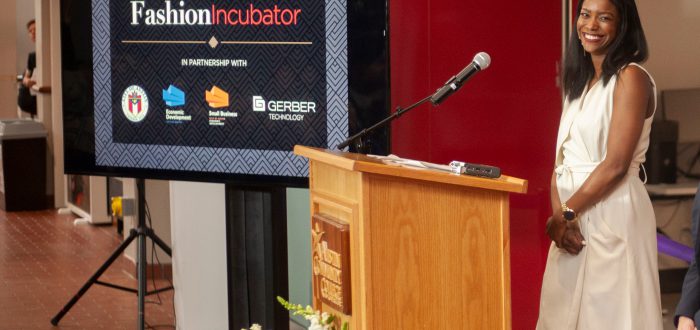



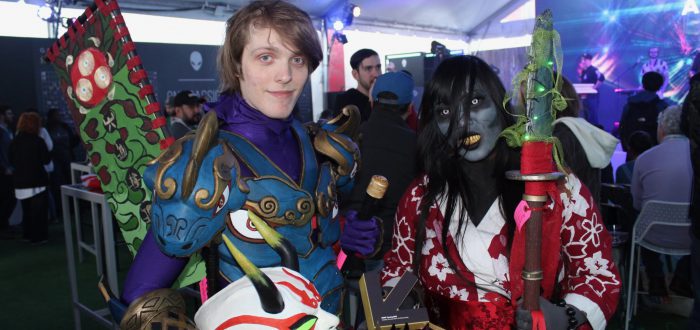
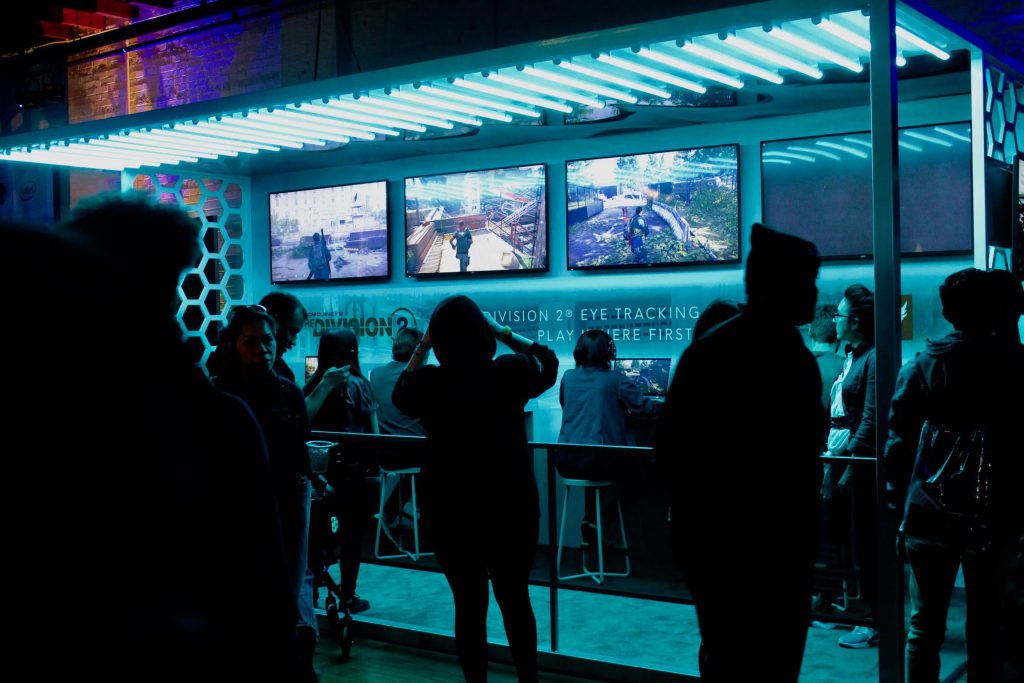
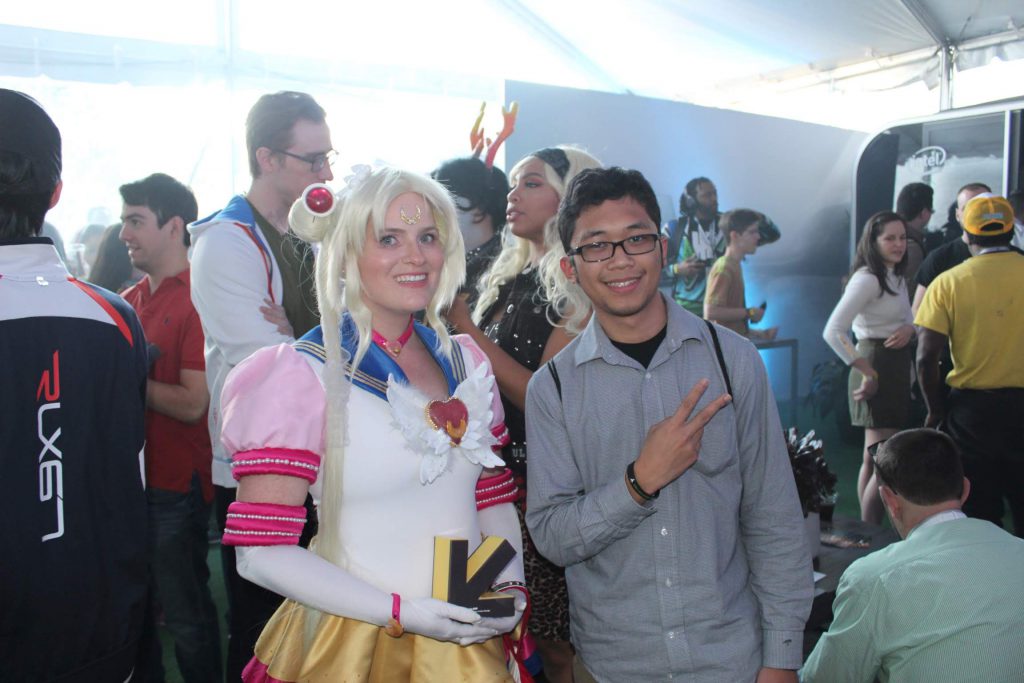
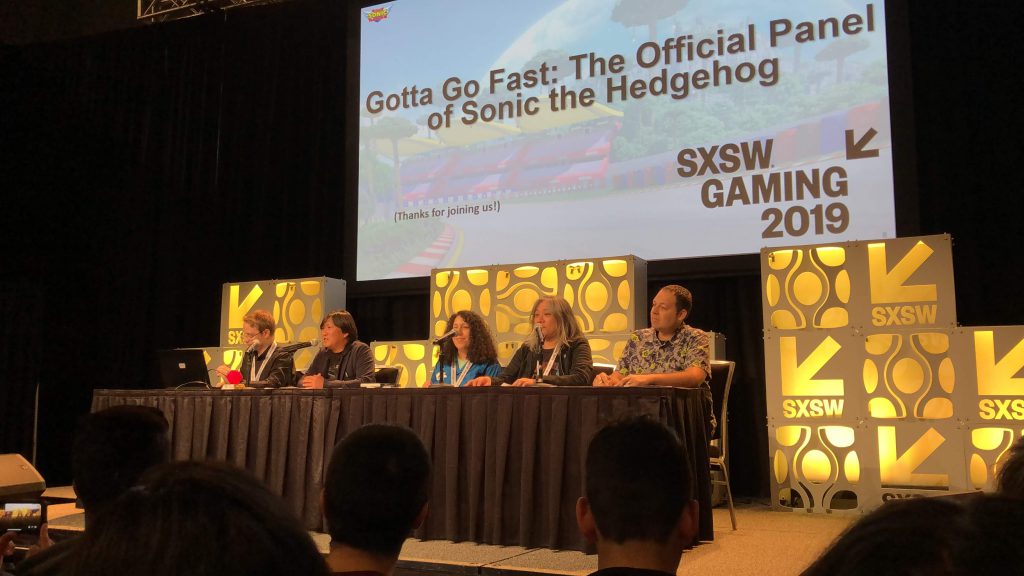
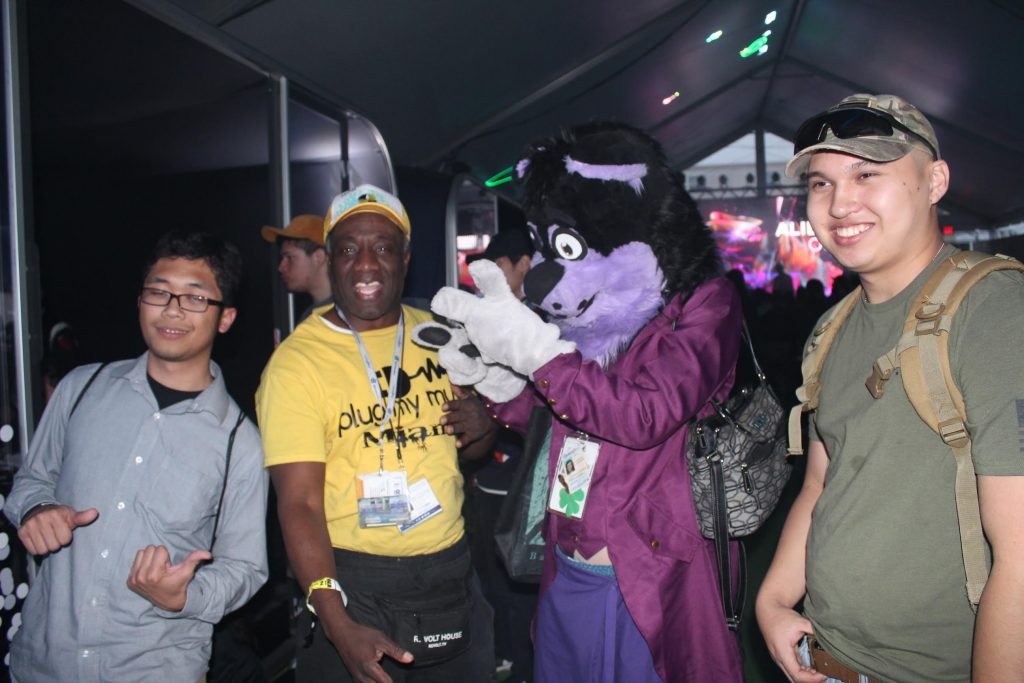
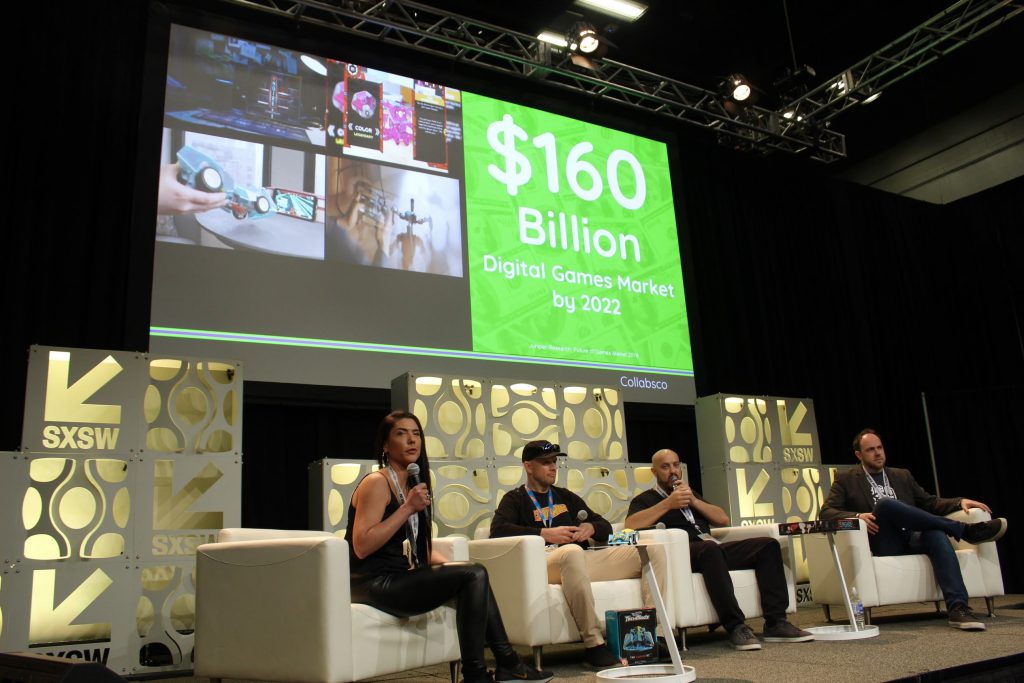
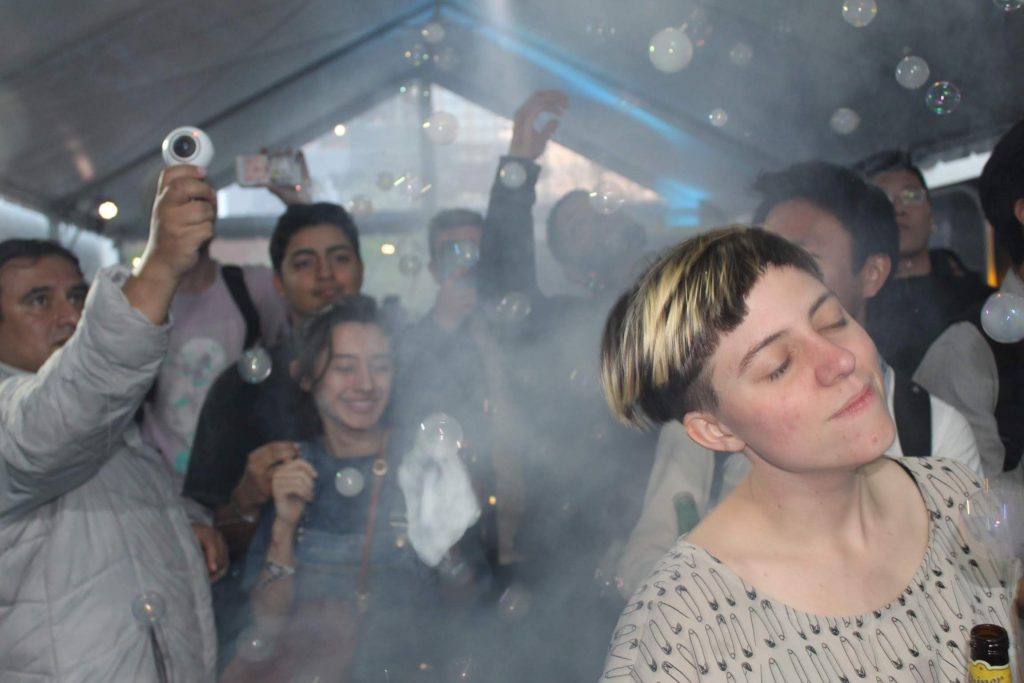
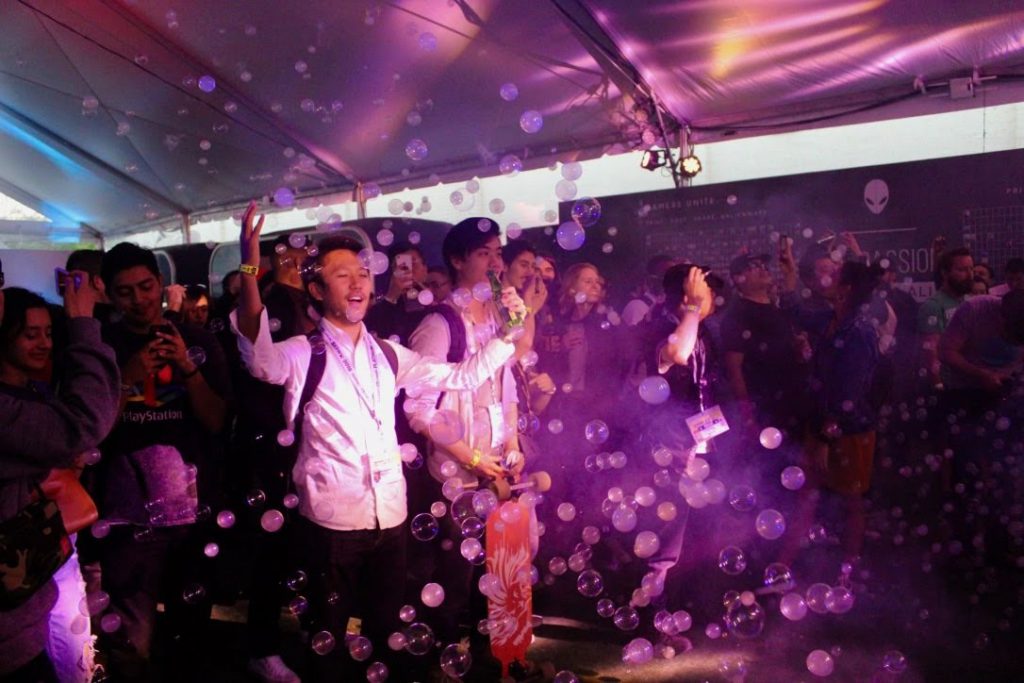
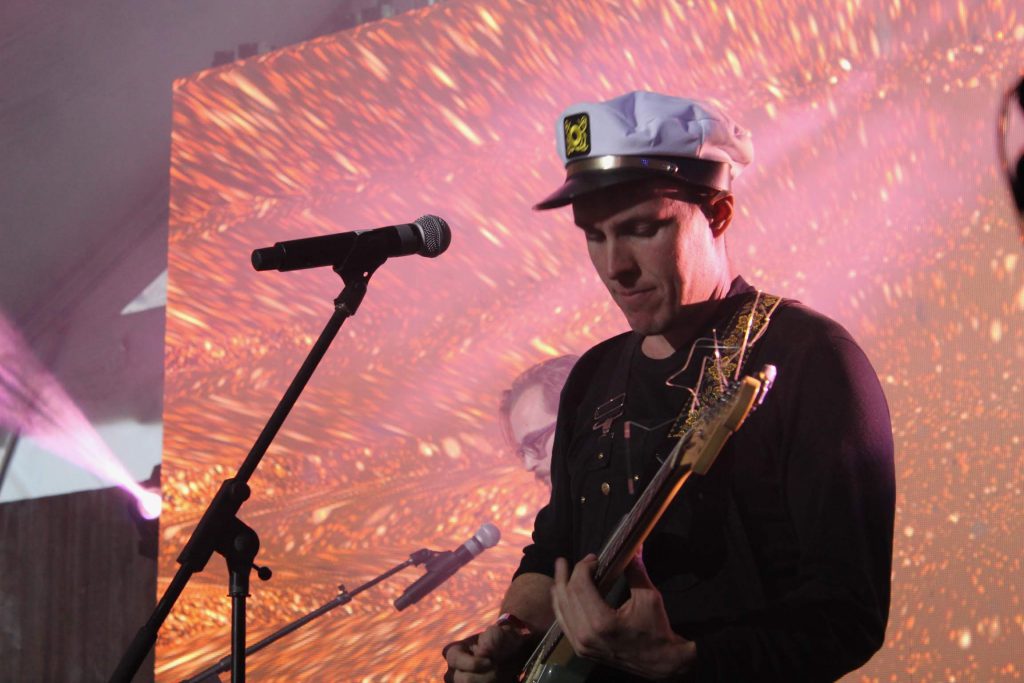
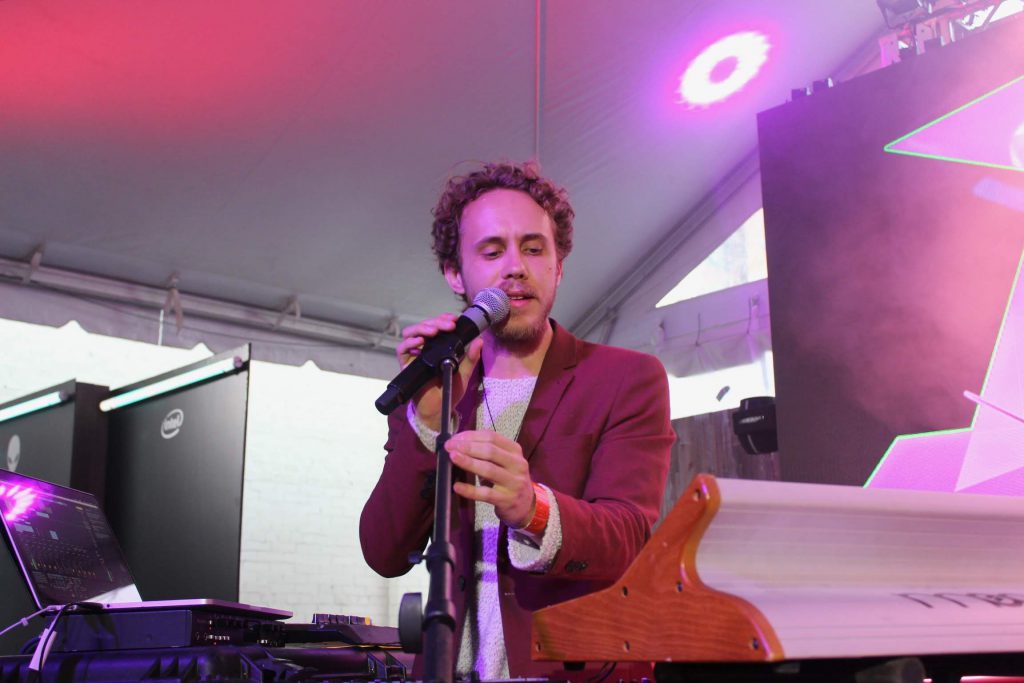
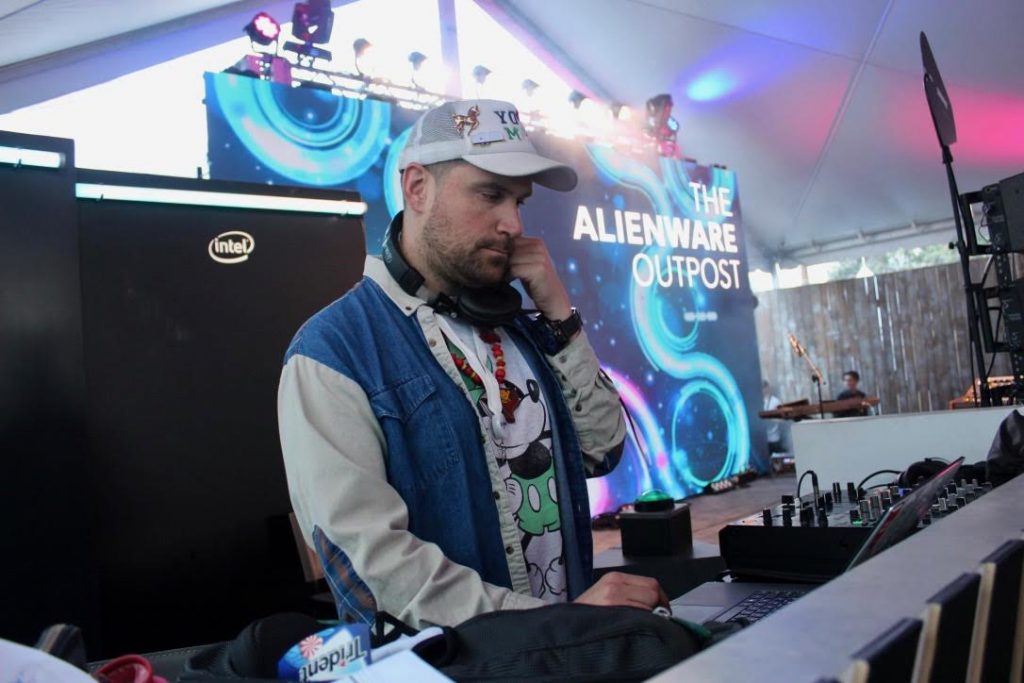
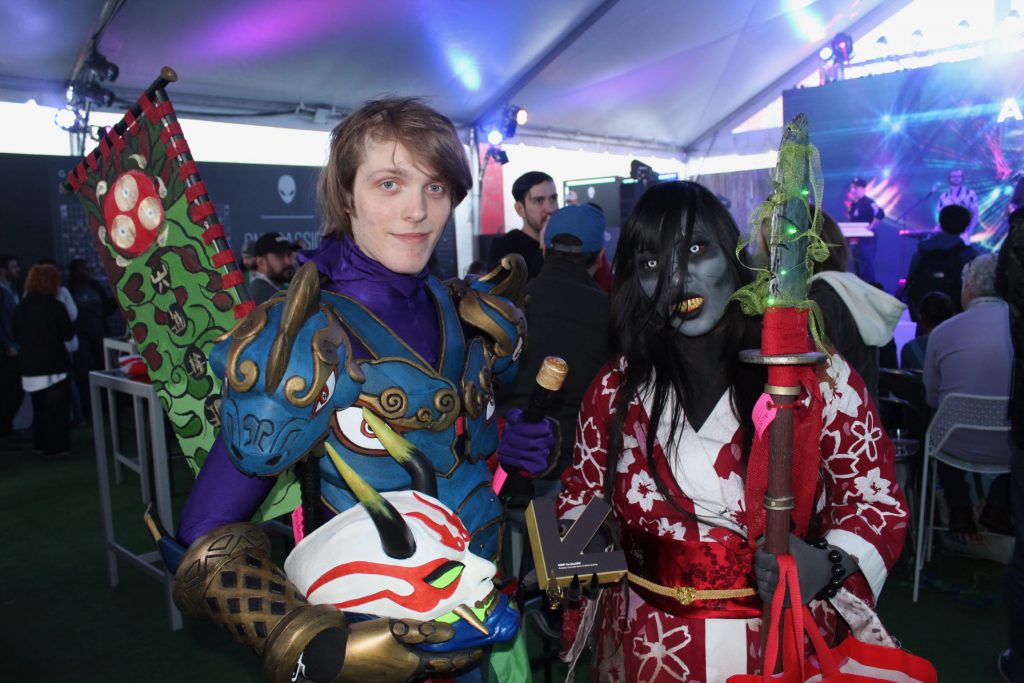
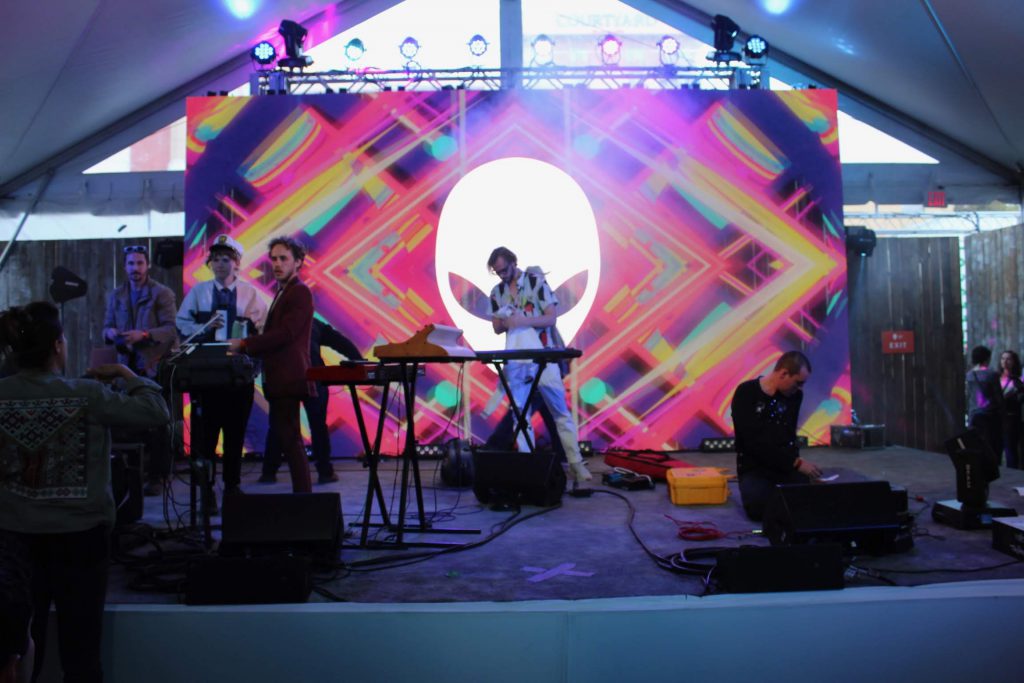
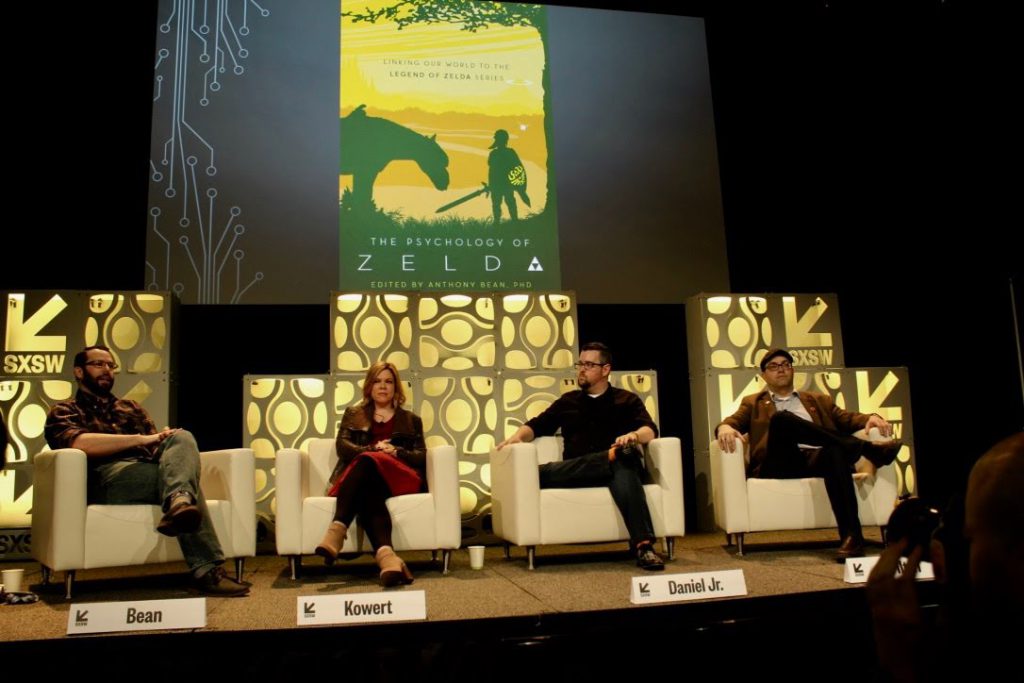
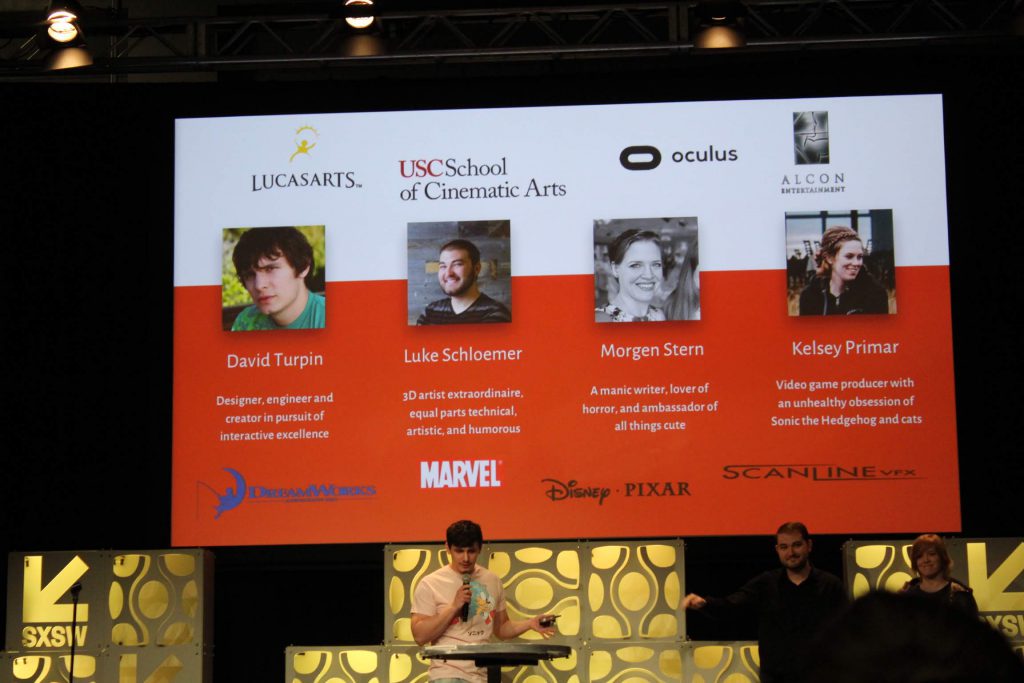
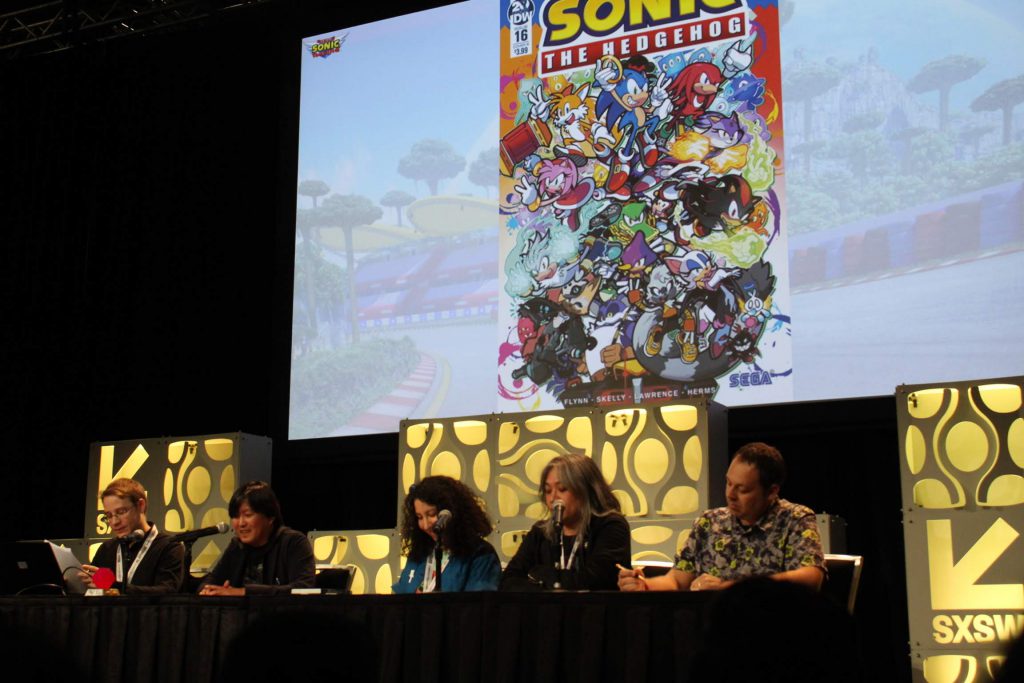
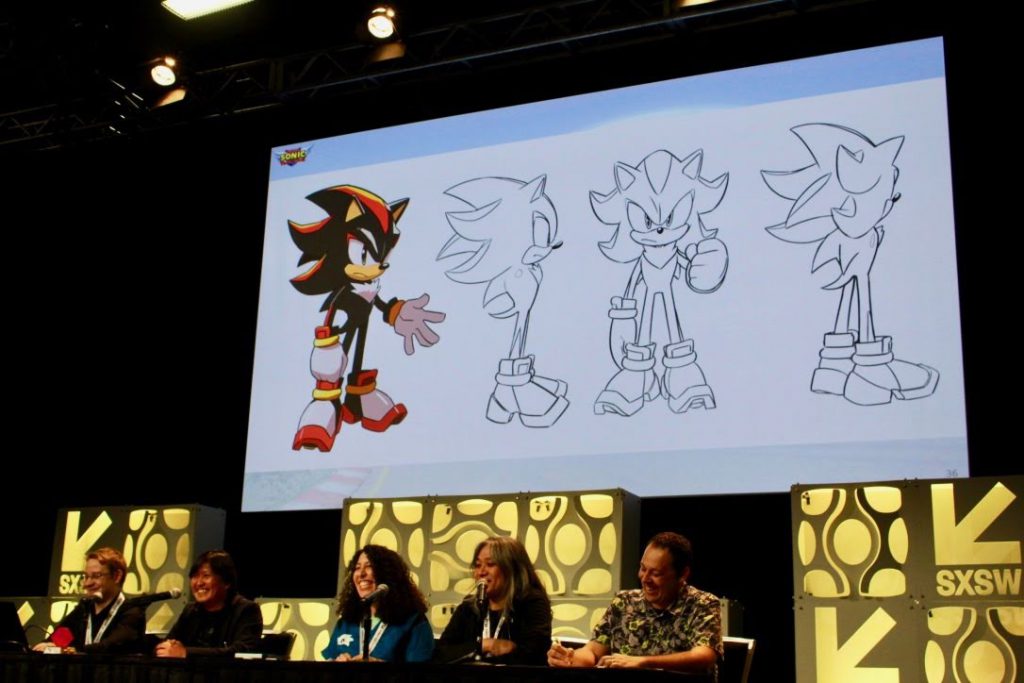
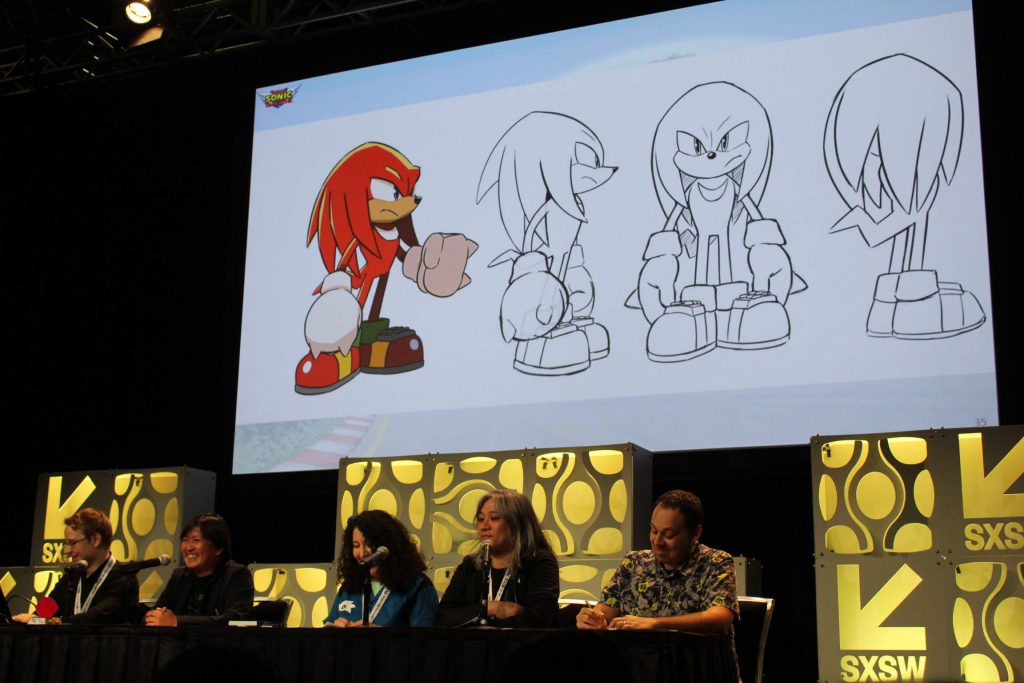

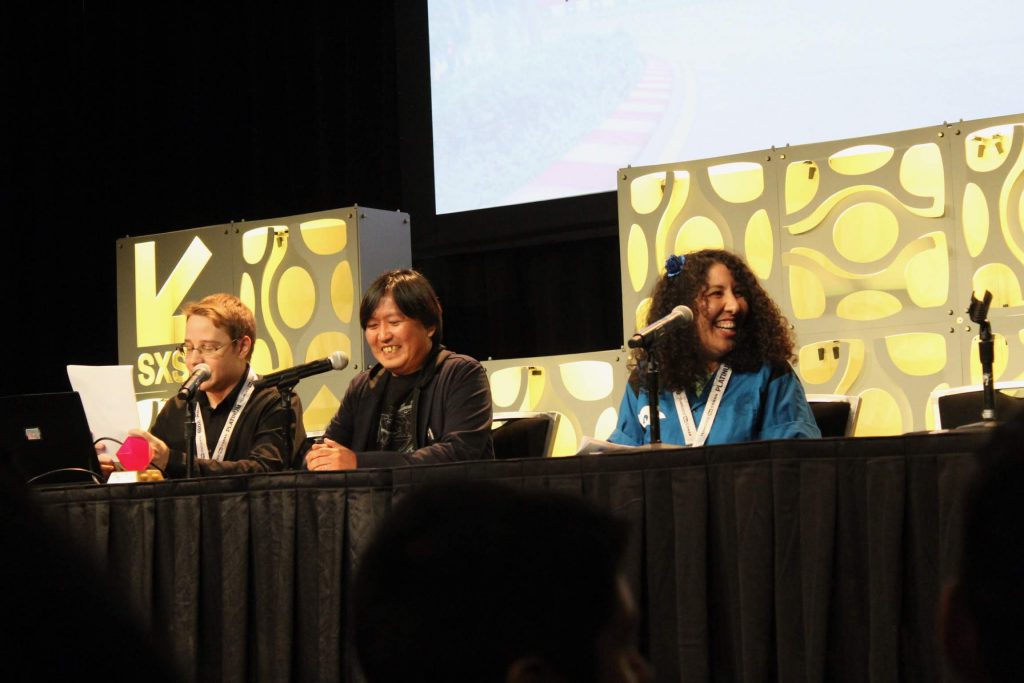
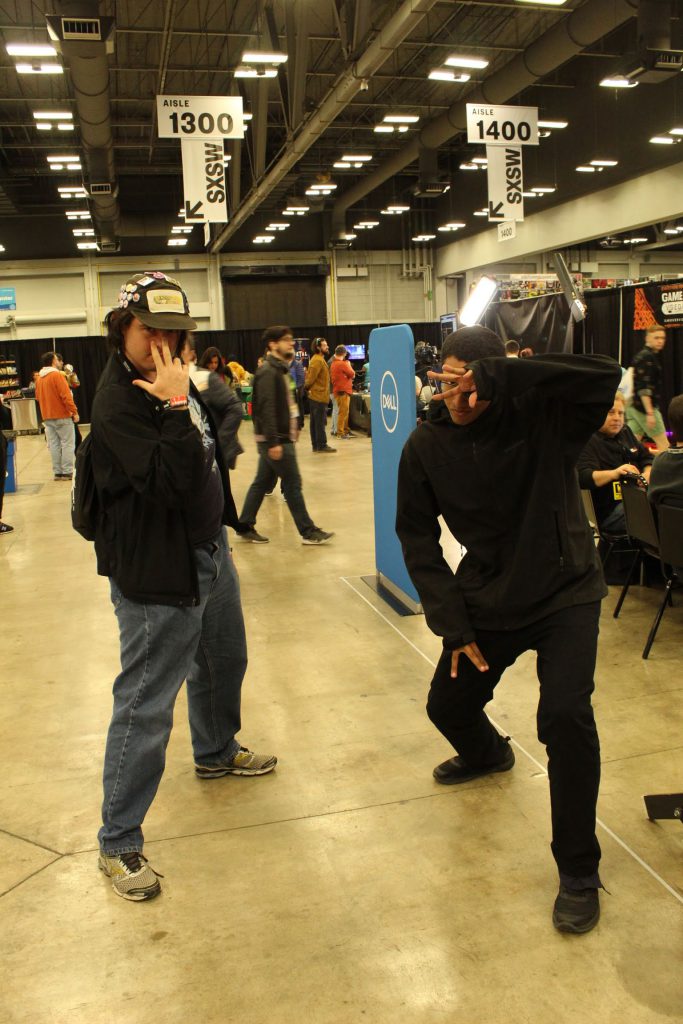
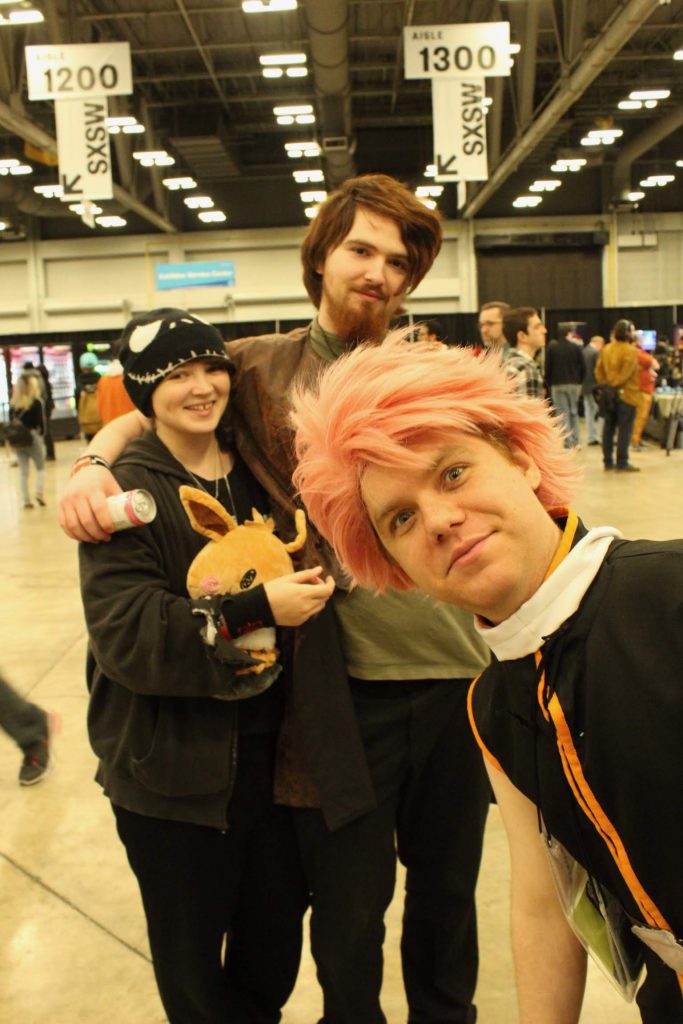
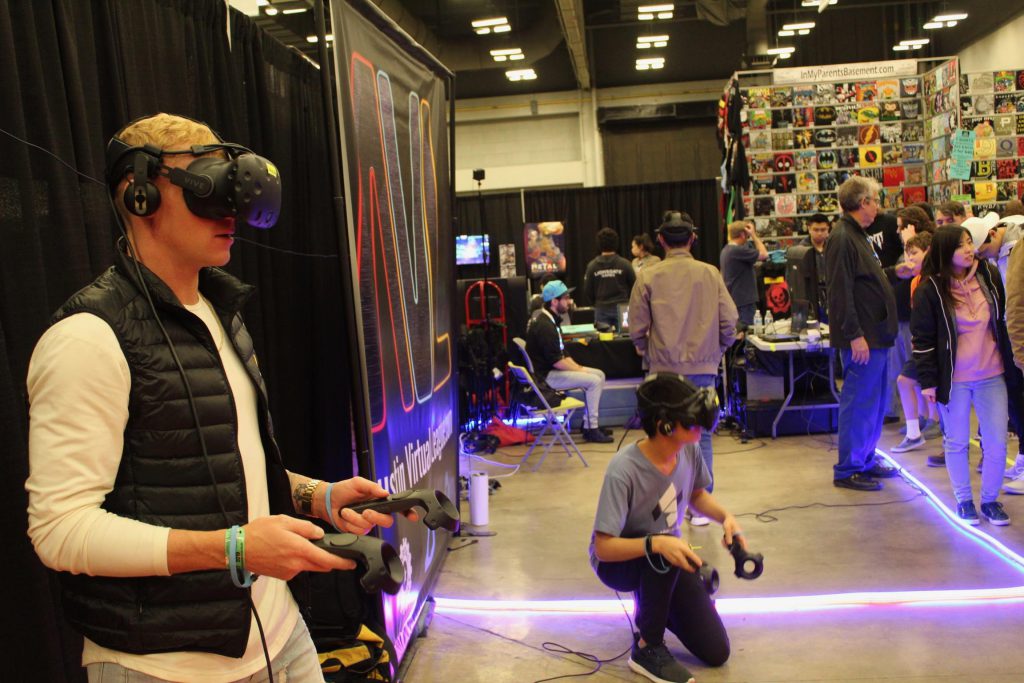
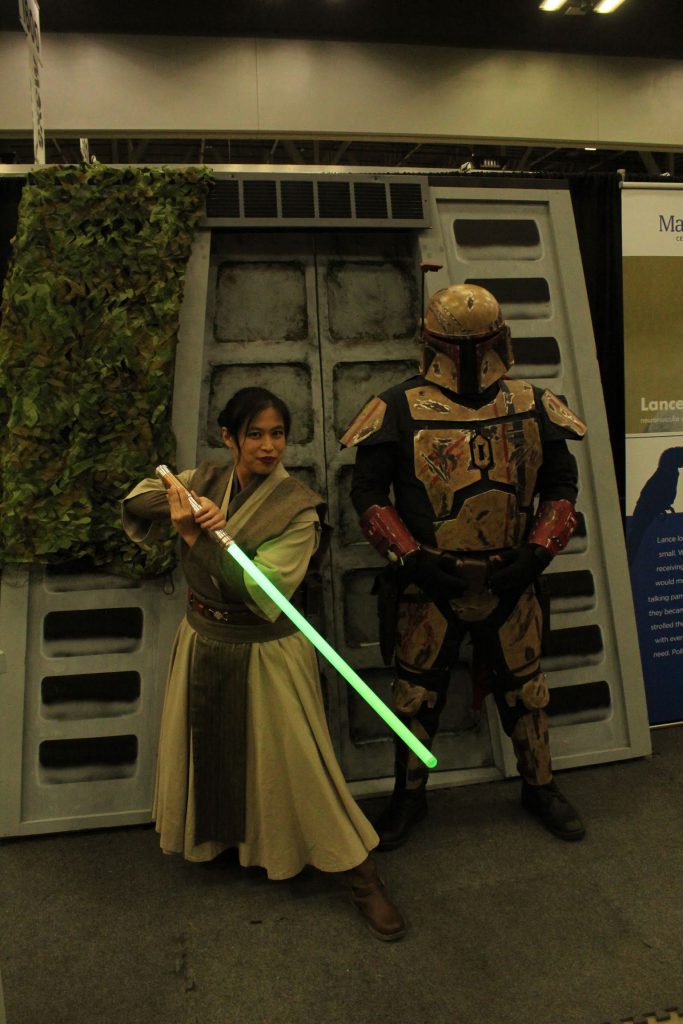
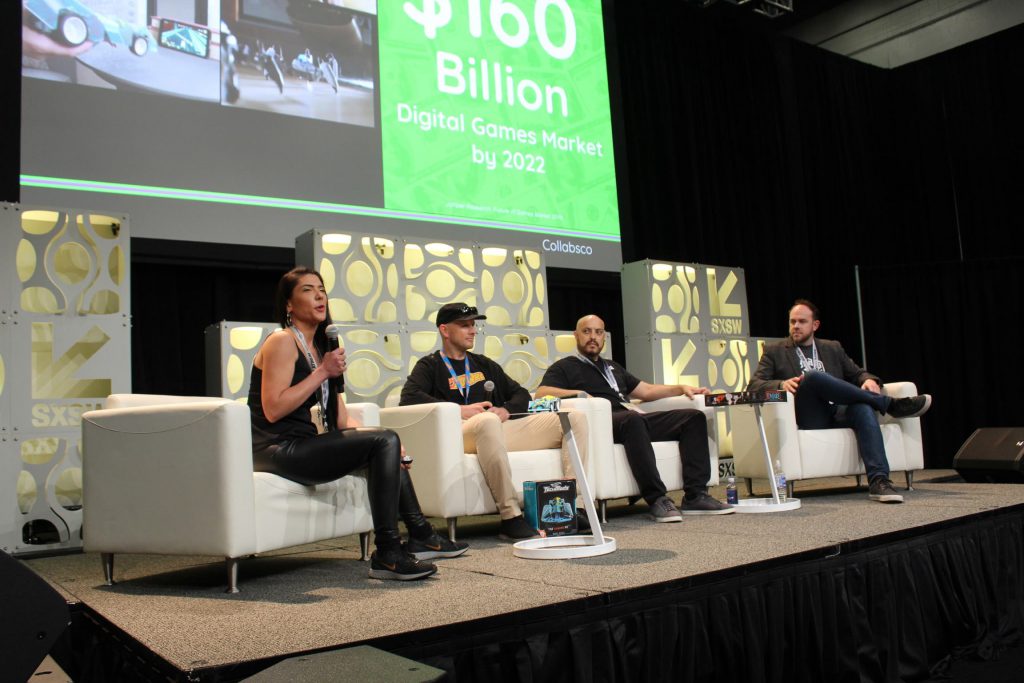
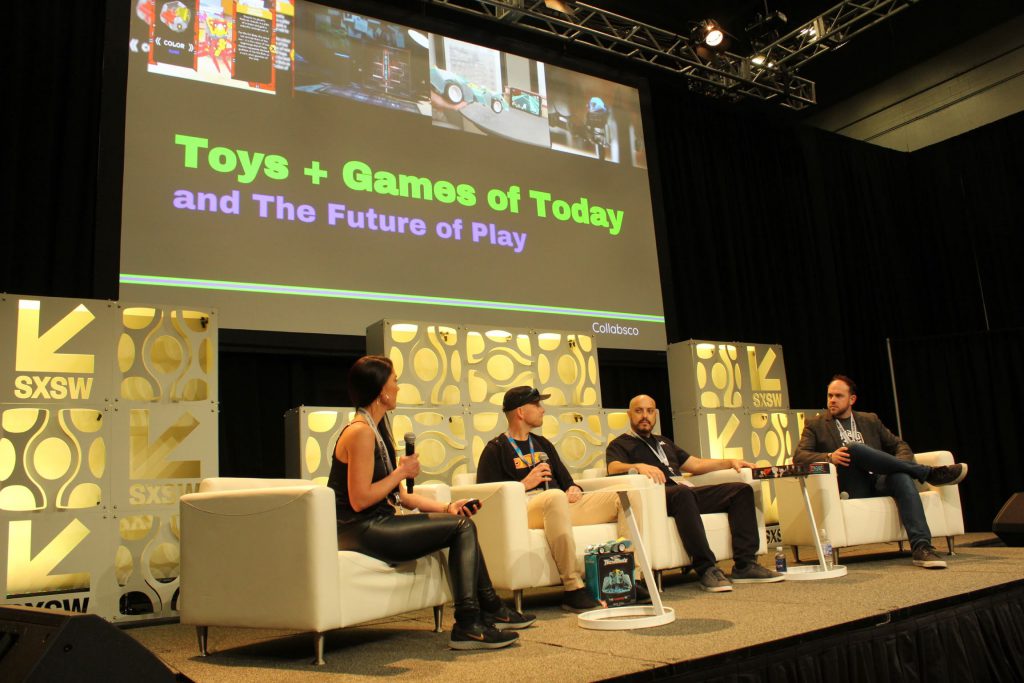
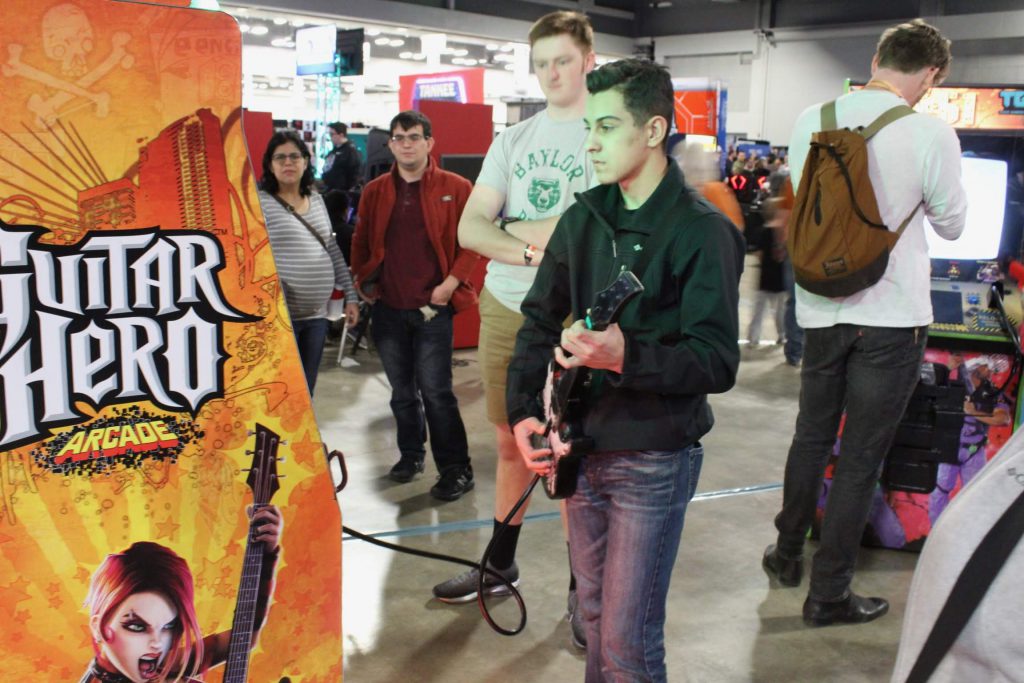
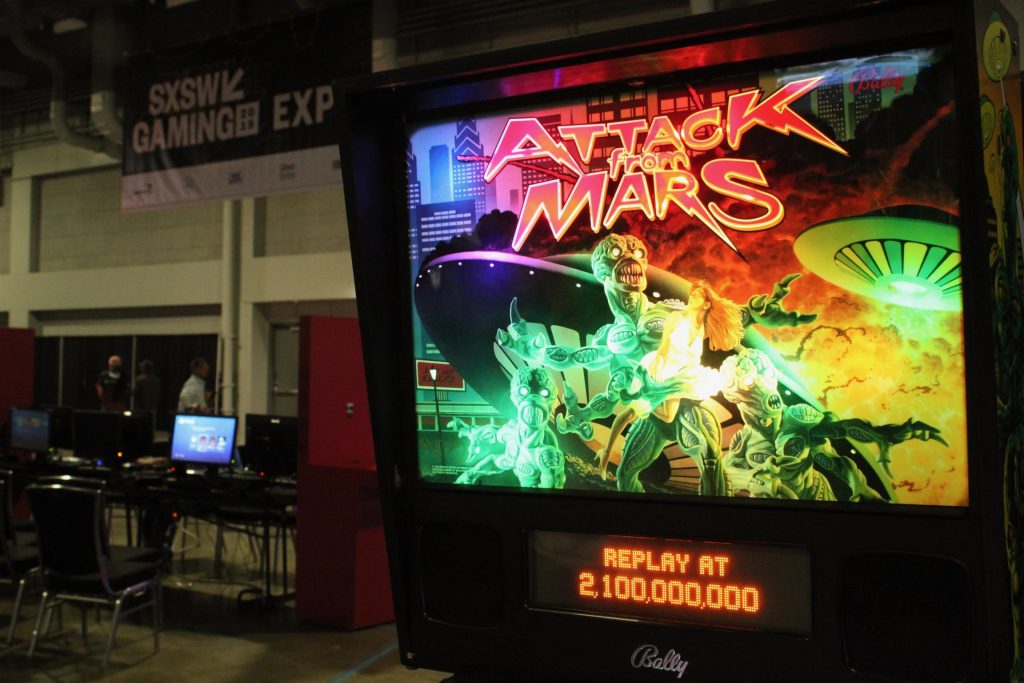
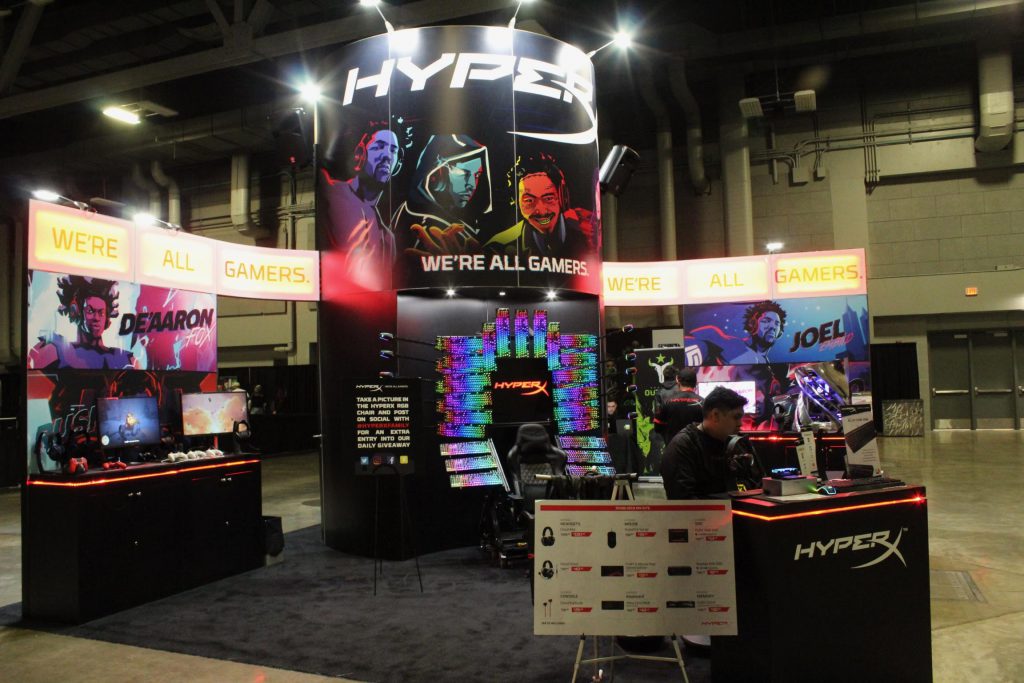
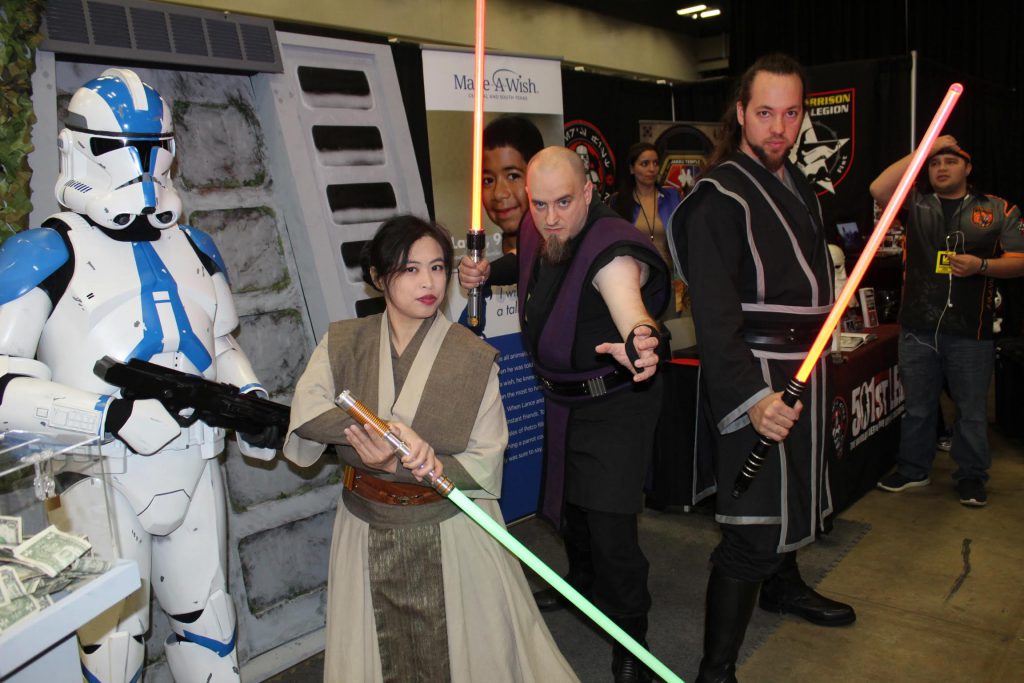
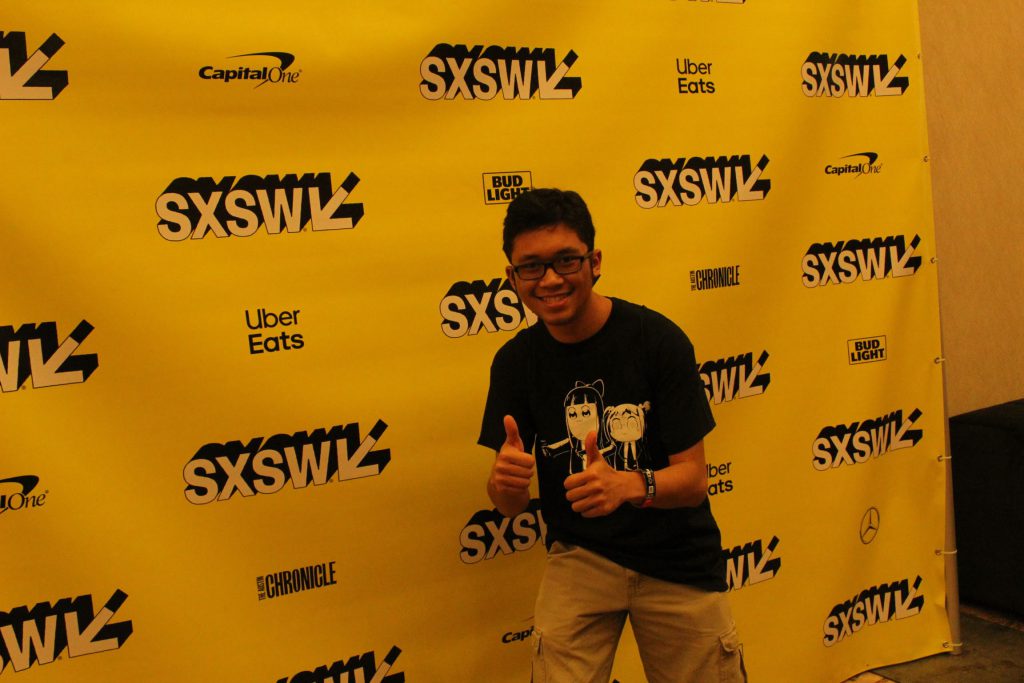
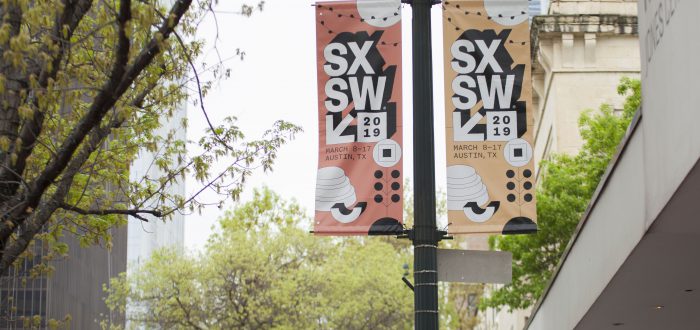
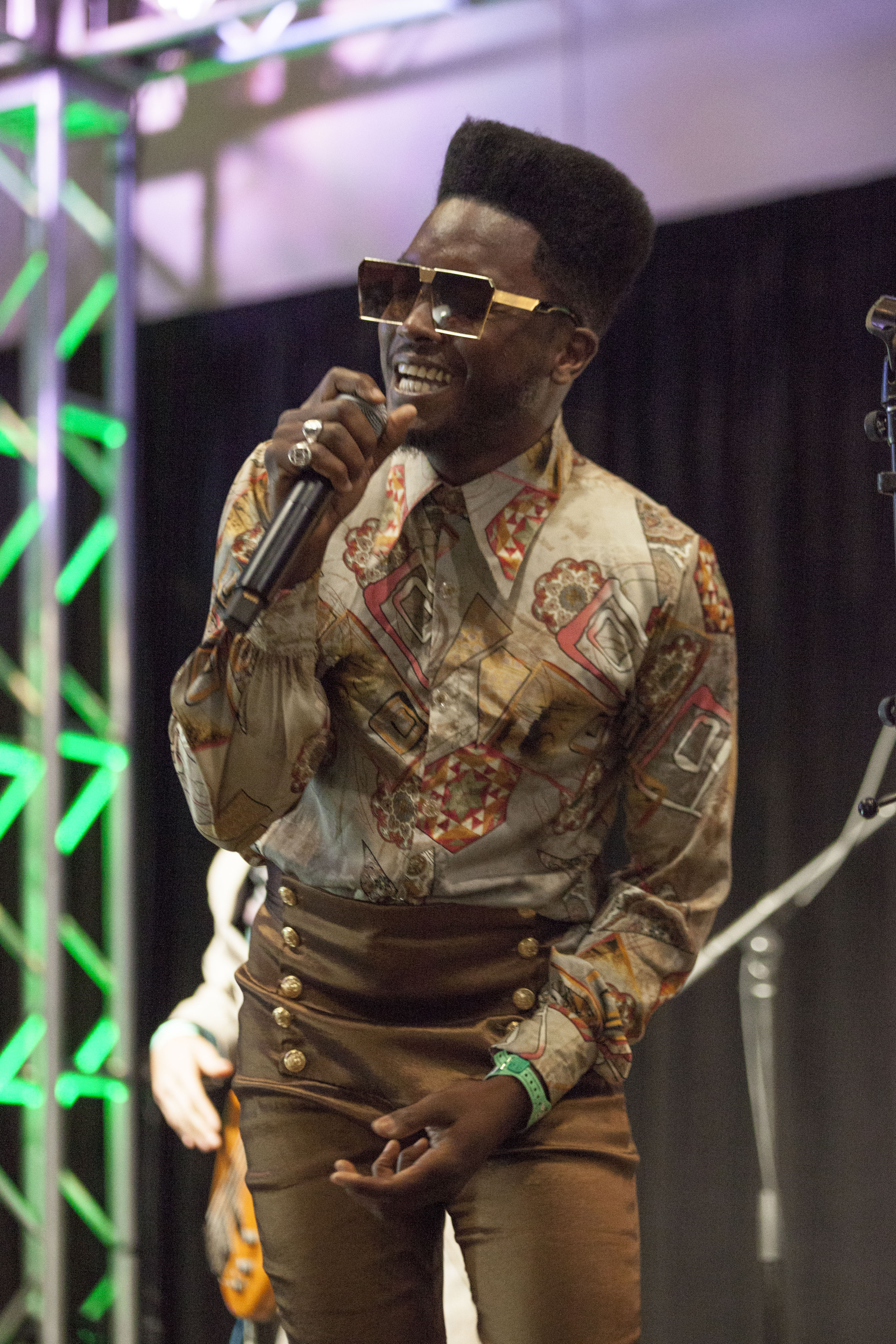
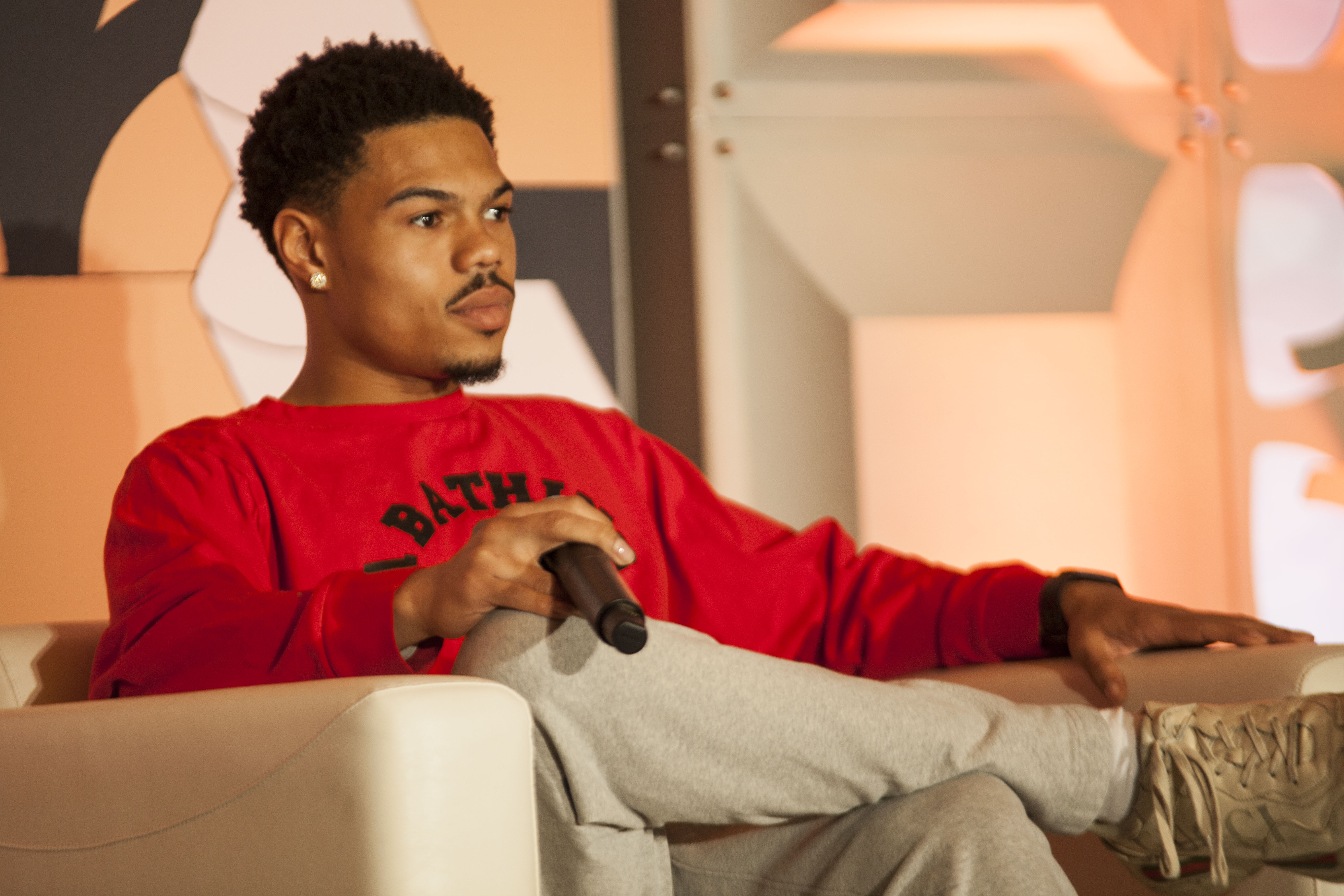
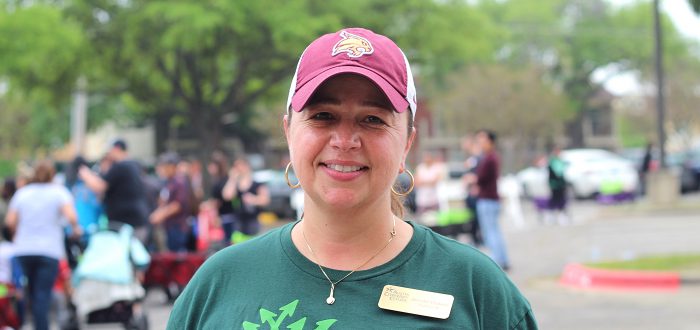
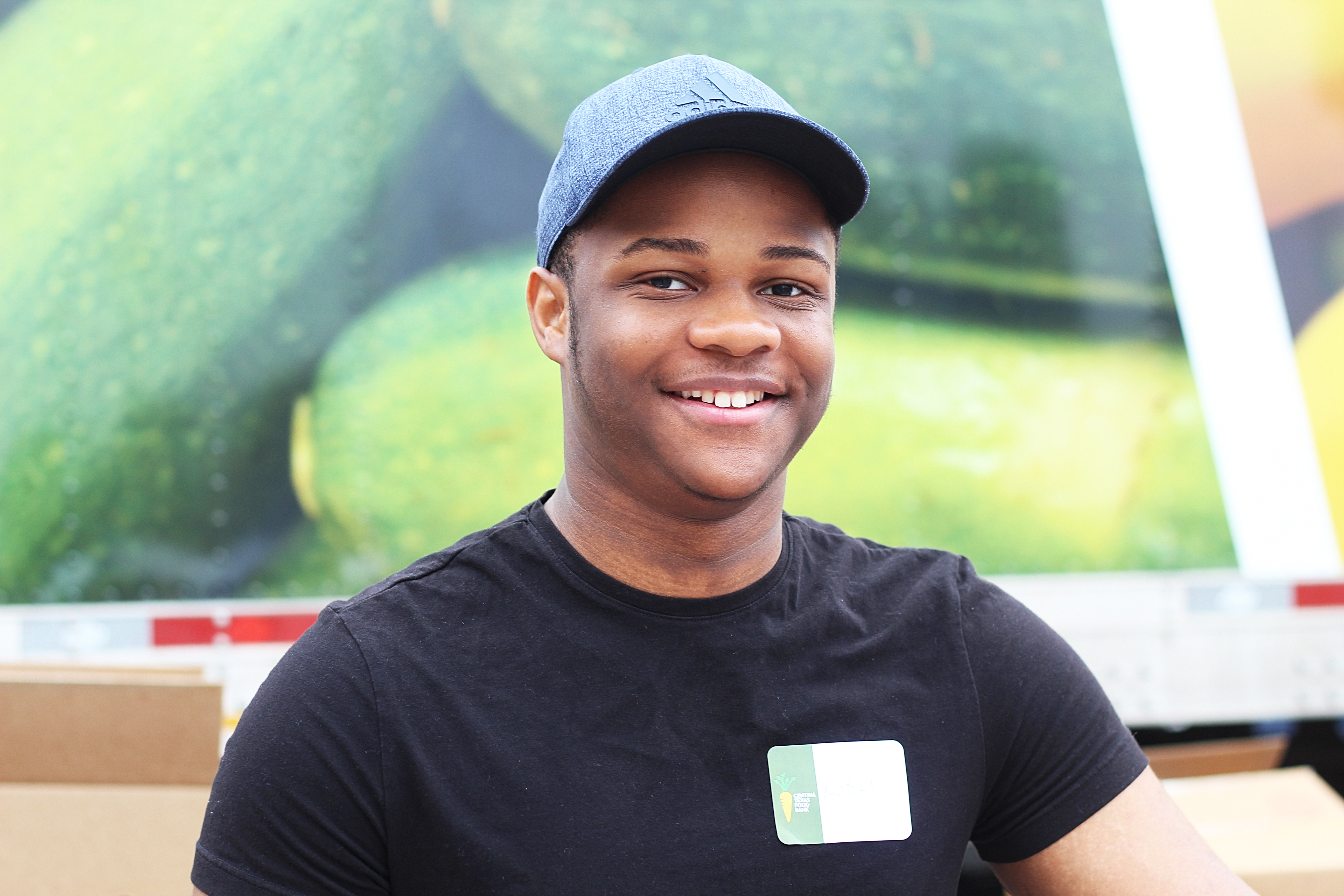
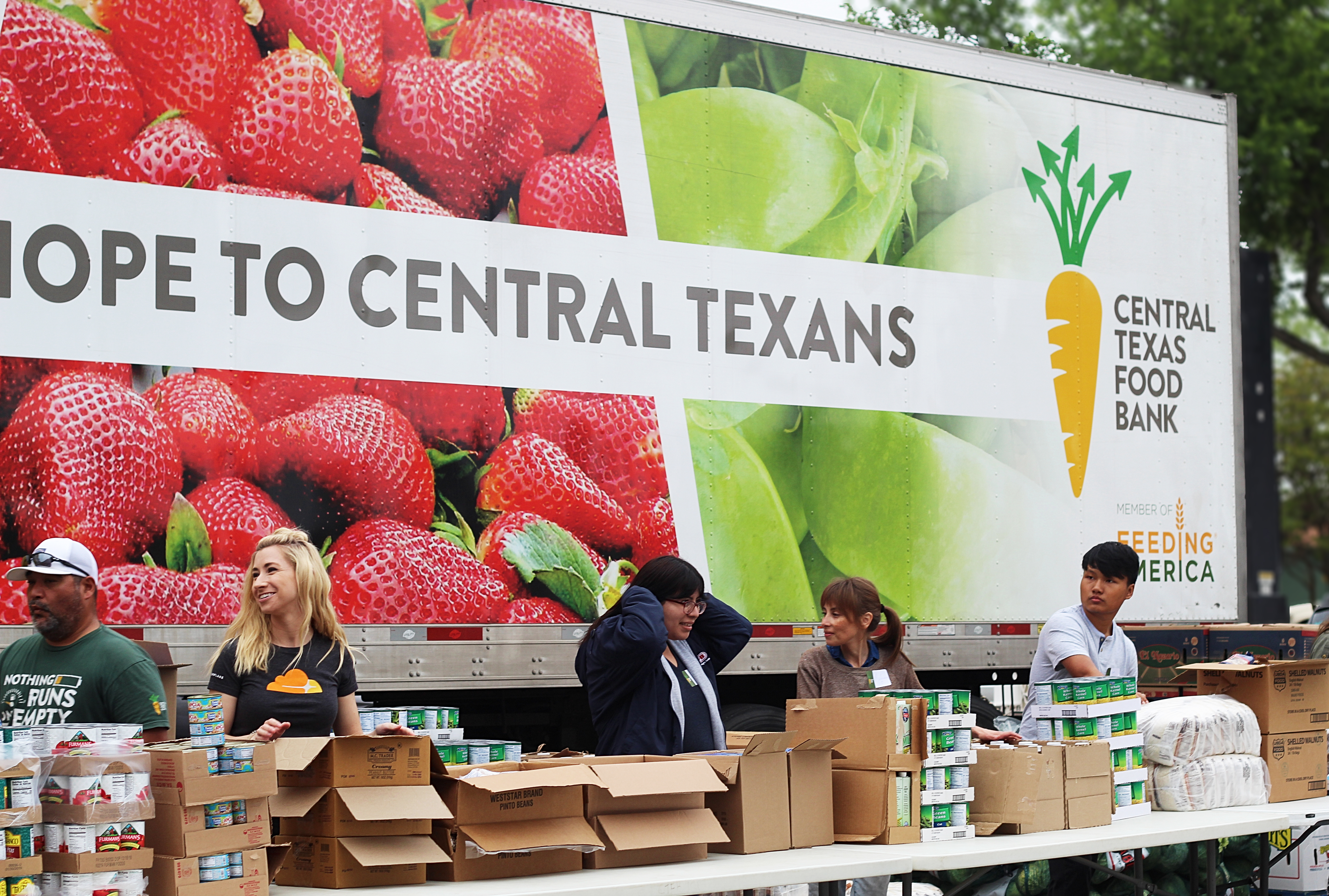
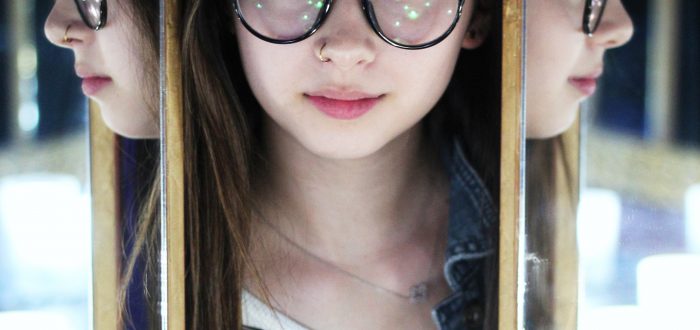

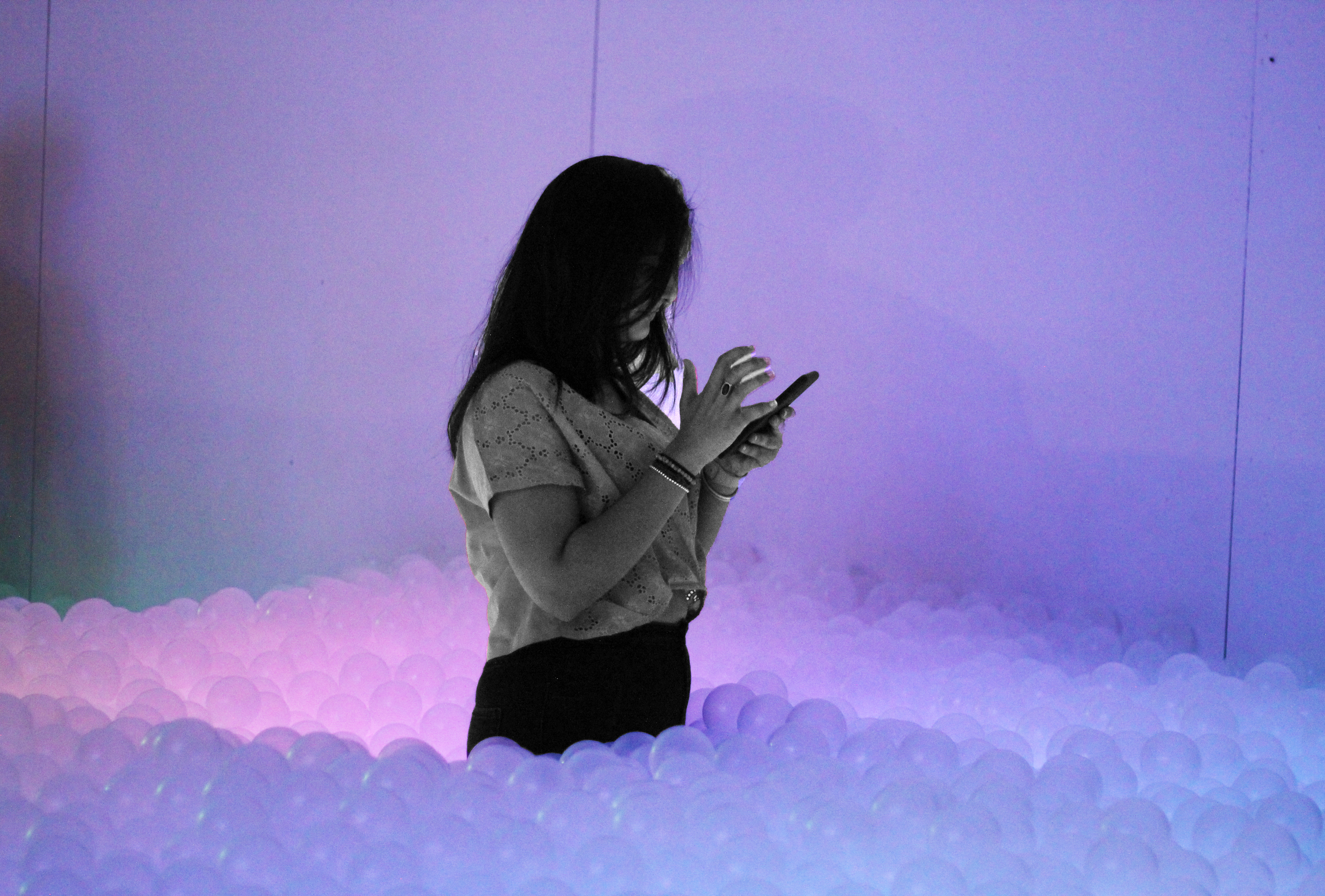
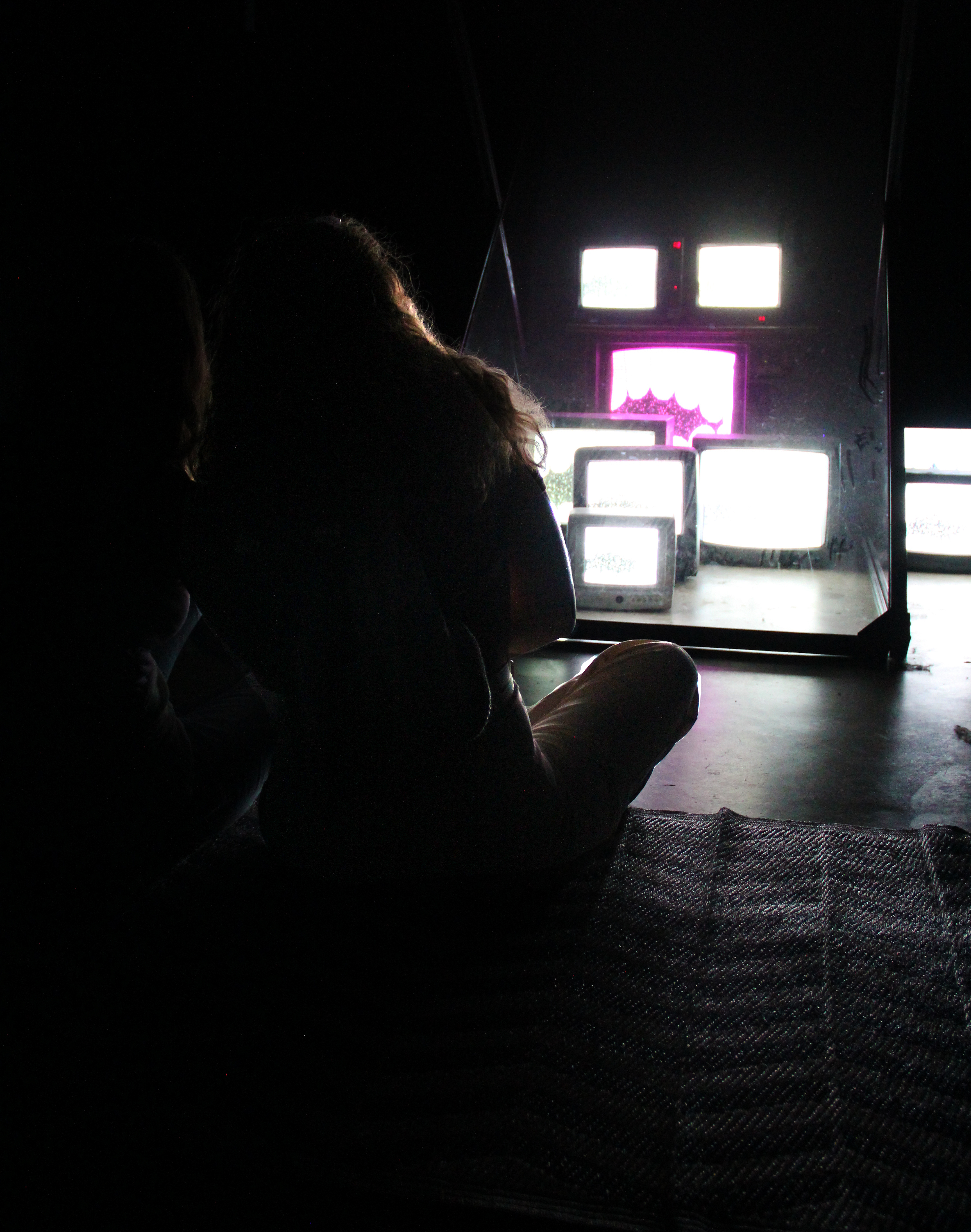
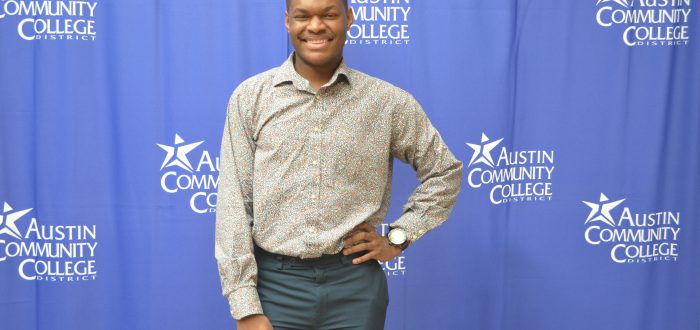
 “The Job Fair was created to bring opportunity and access to Austin Community College students, as well as Austinites,” Loveless said. “It also helps connect student
“The Job Fair was created to bring opportunity and access to Austin Community College students, as well as Austinites,” Loveless said. “It also helps connect student 